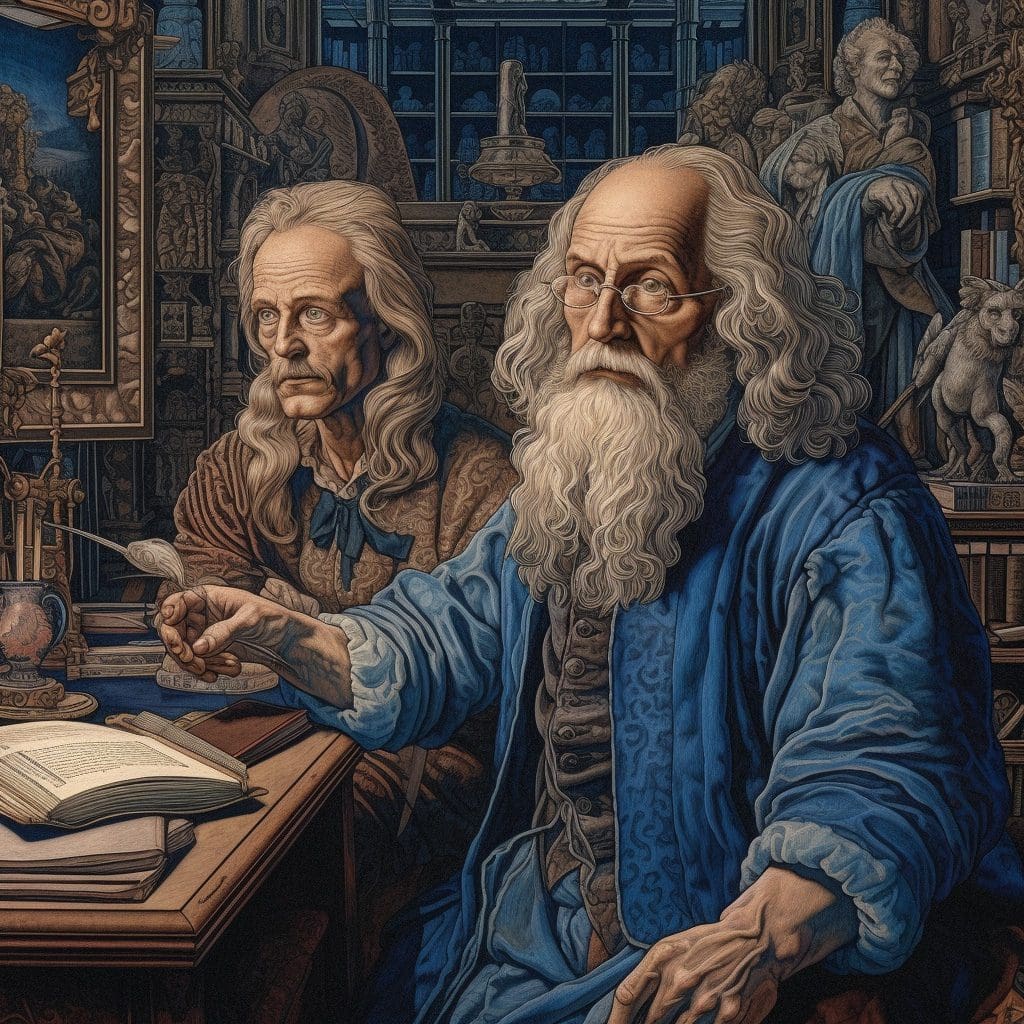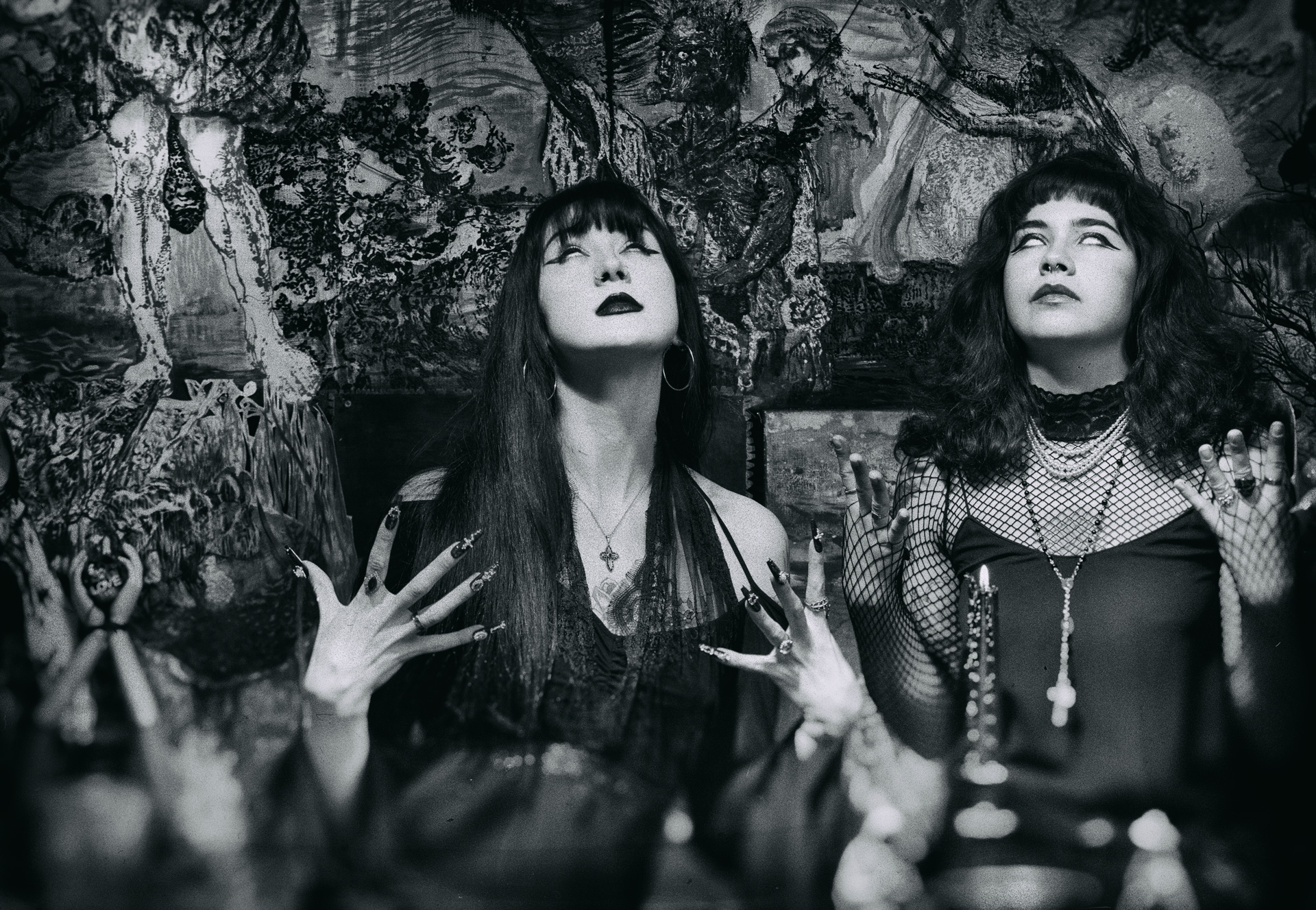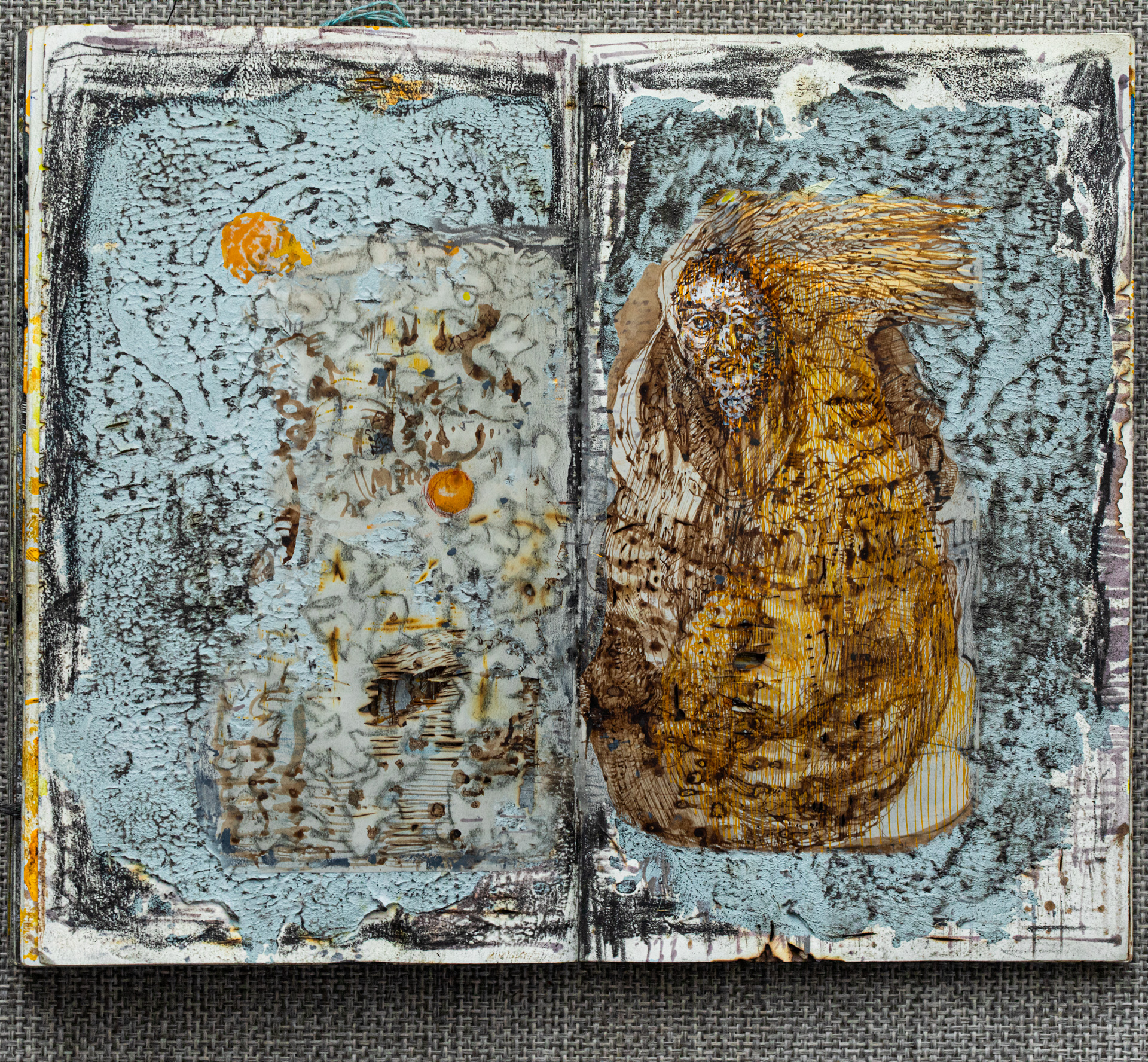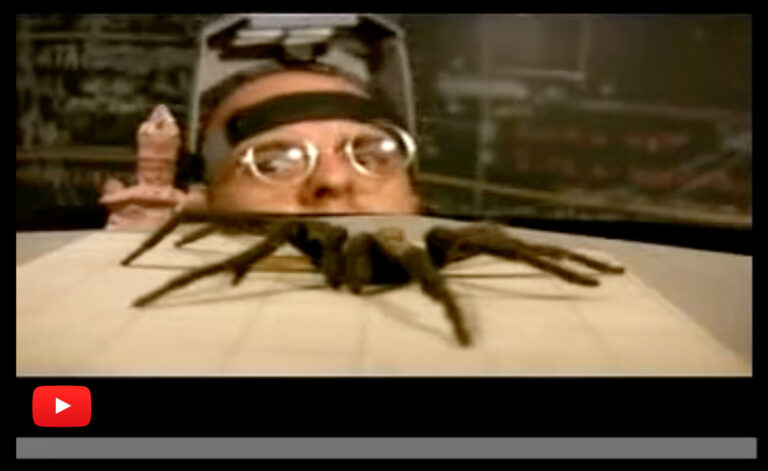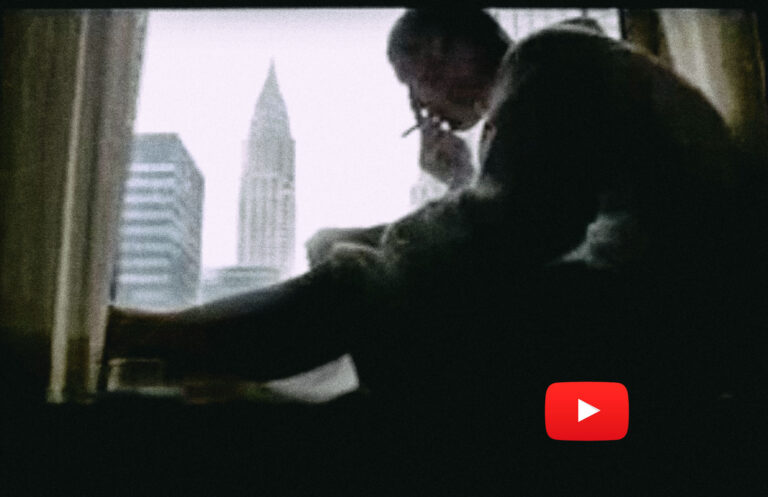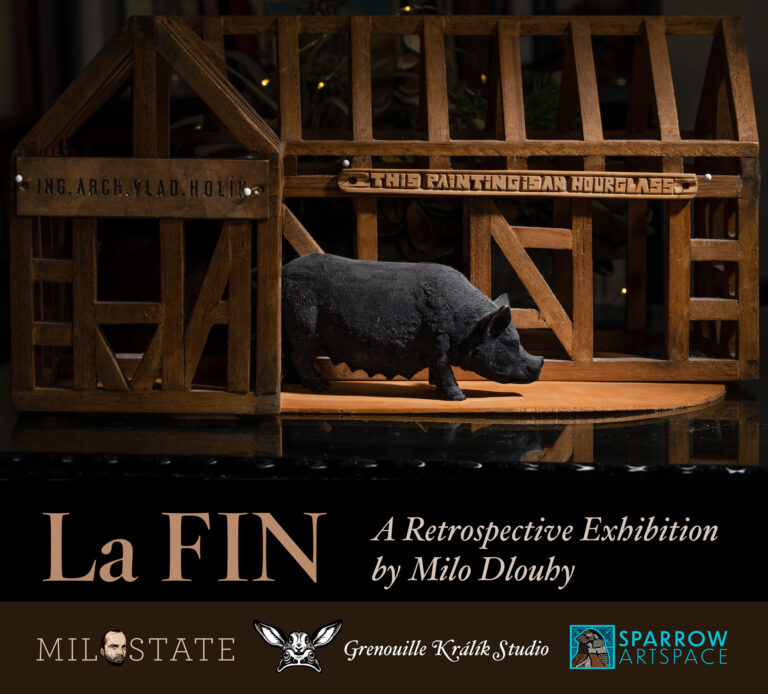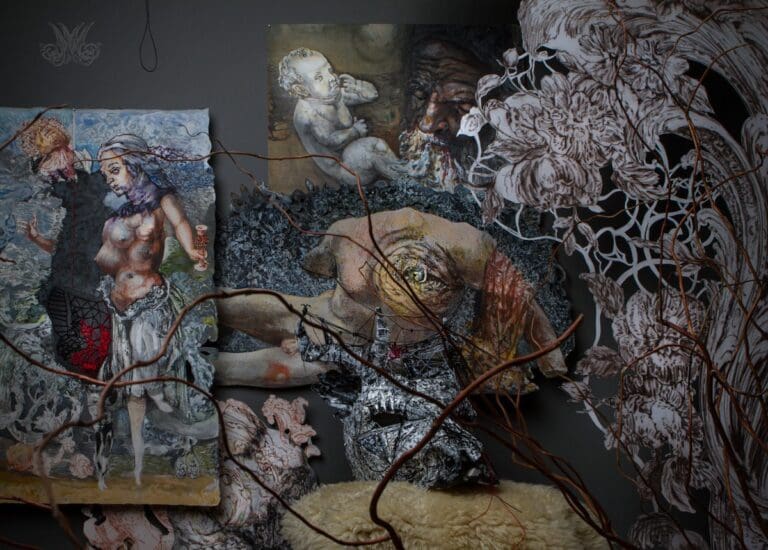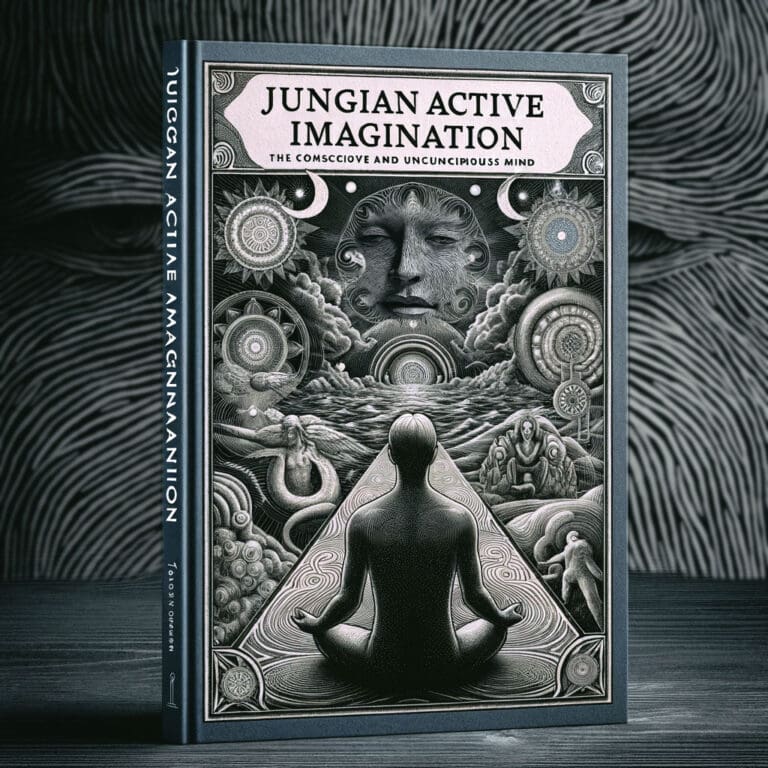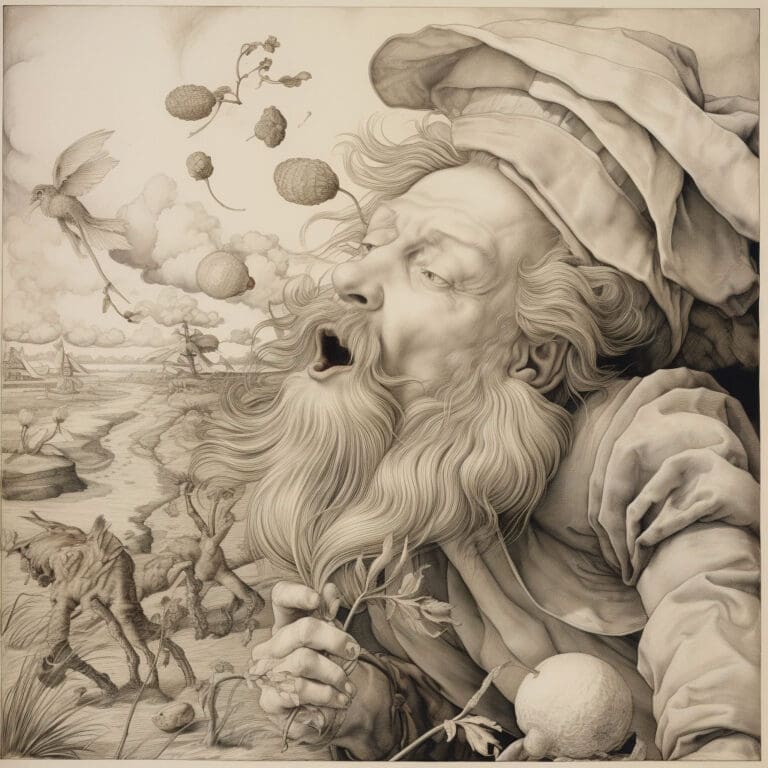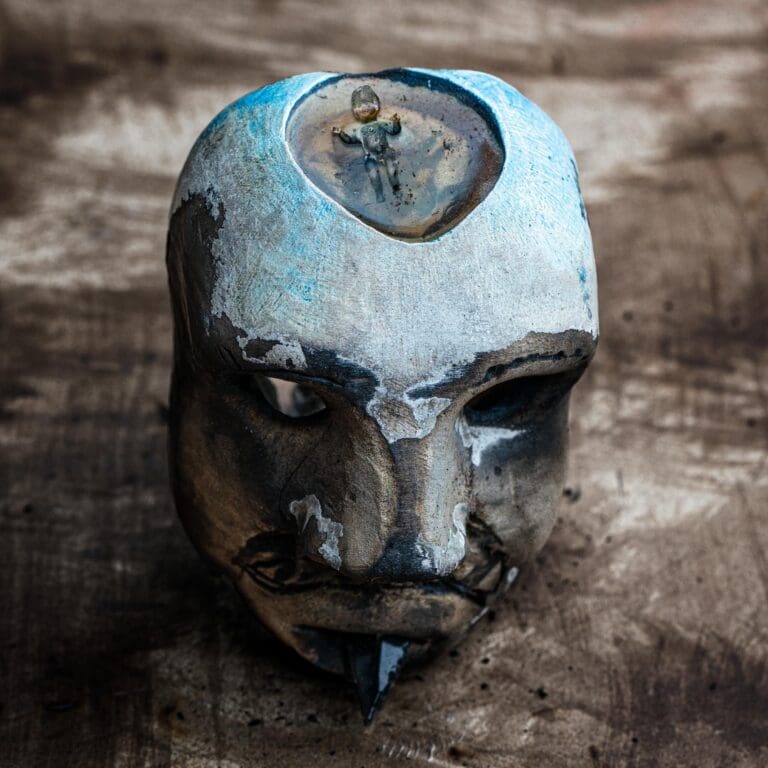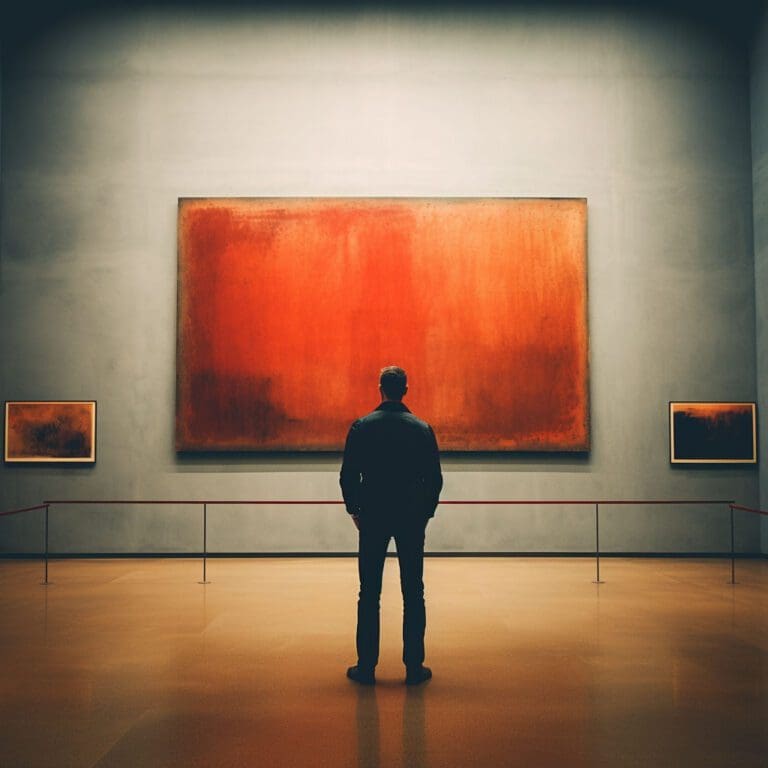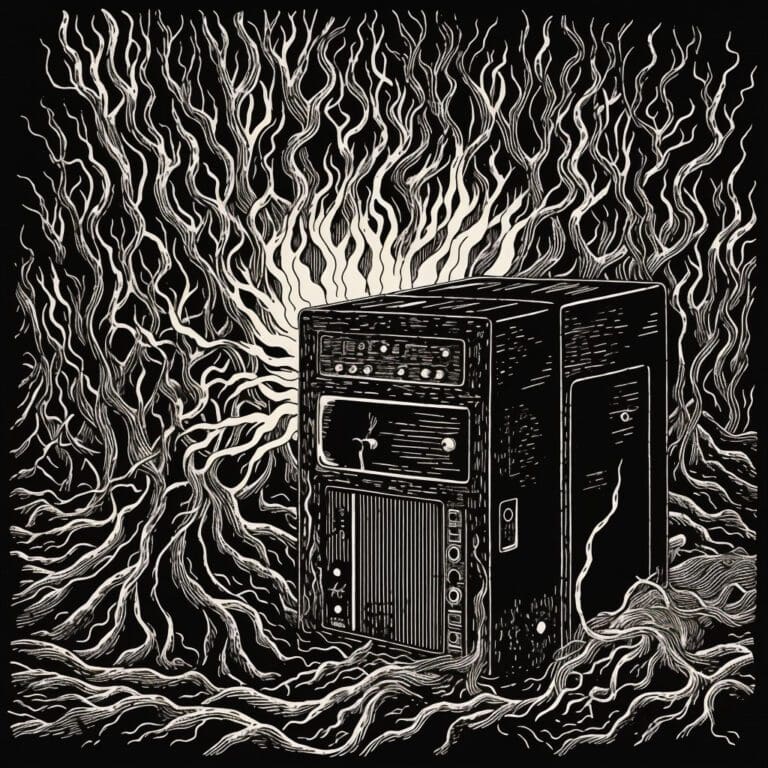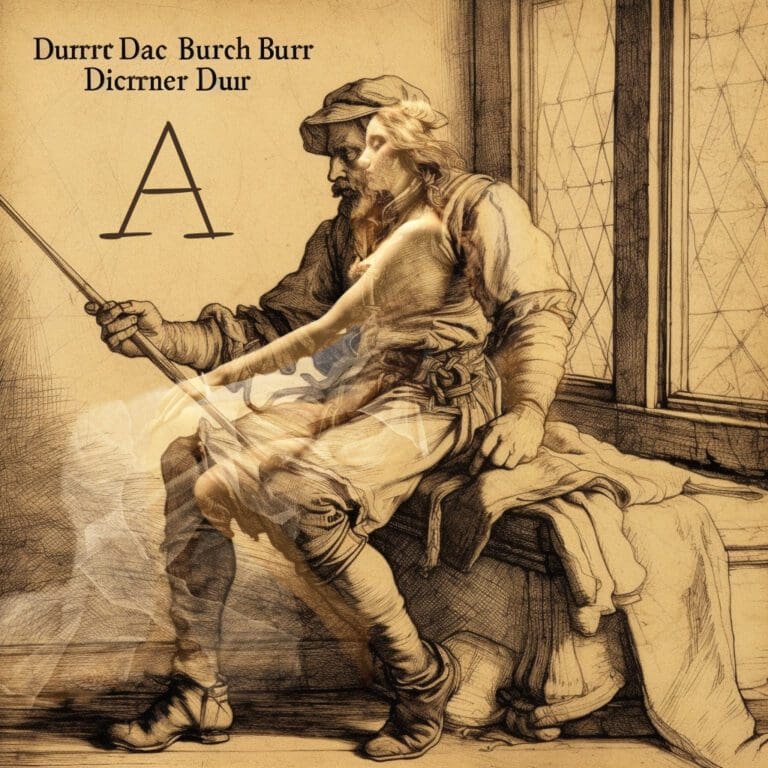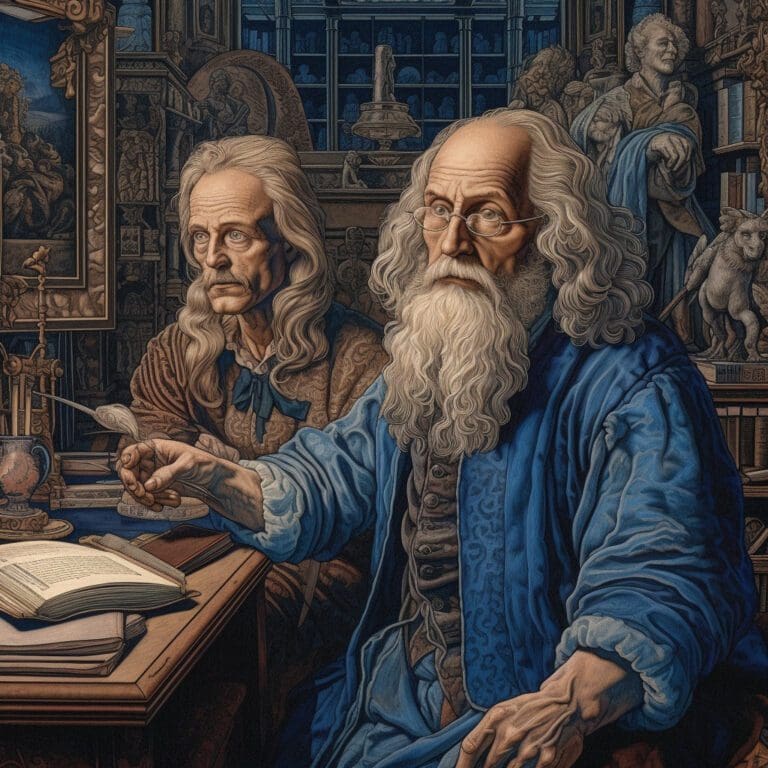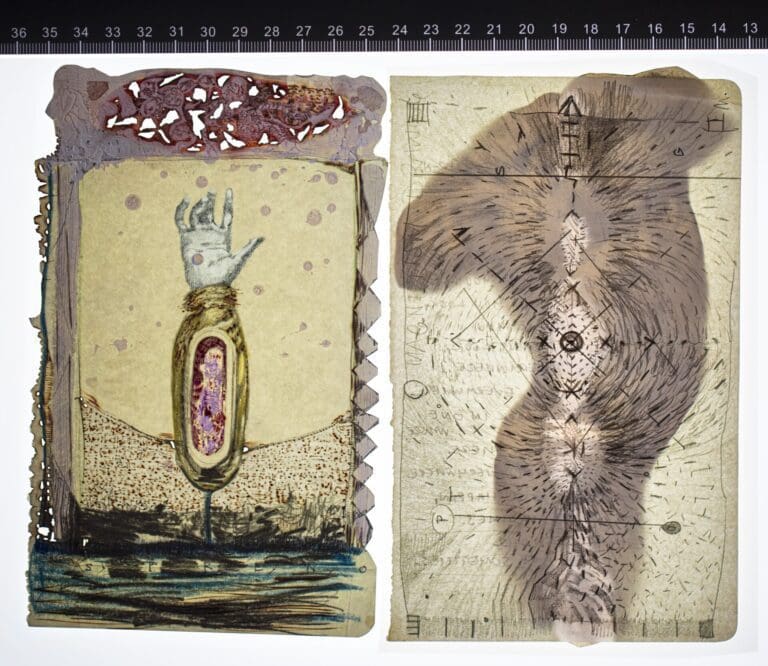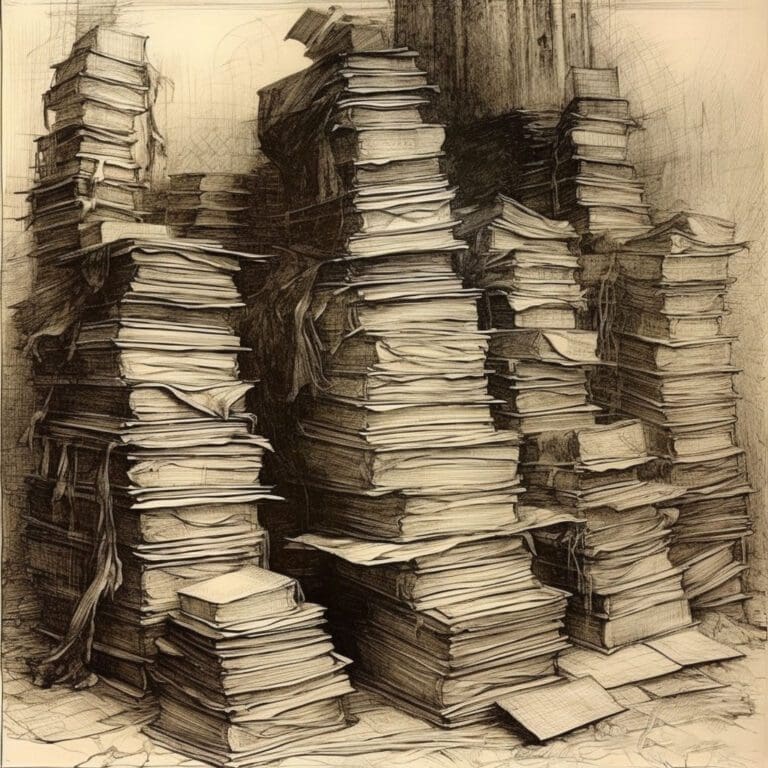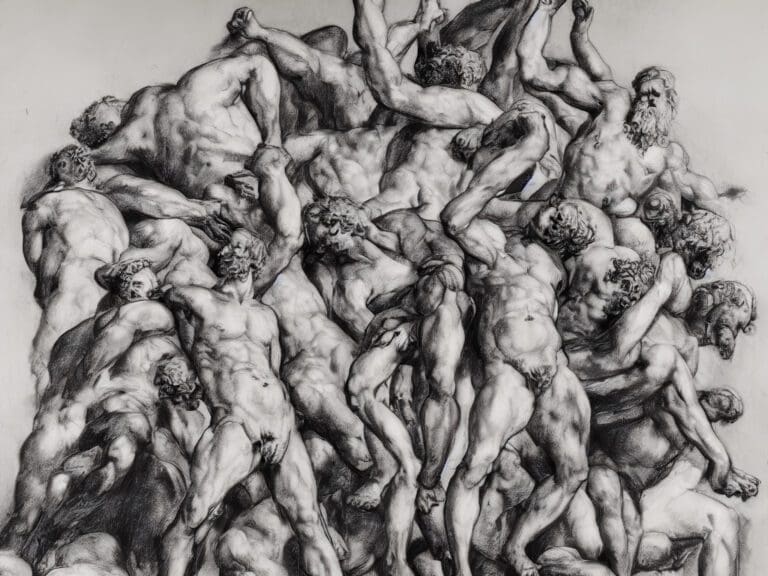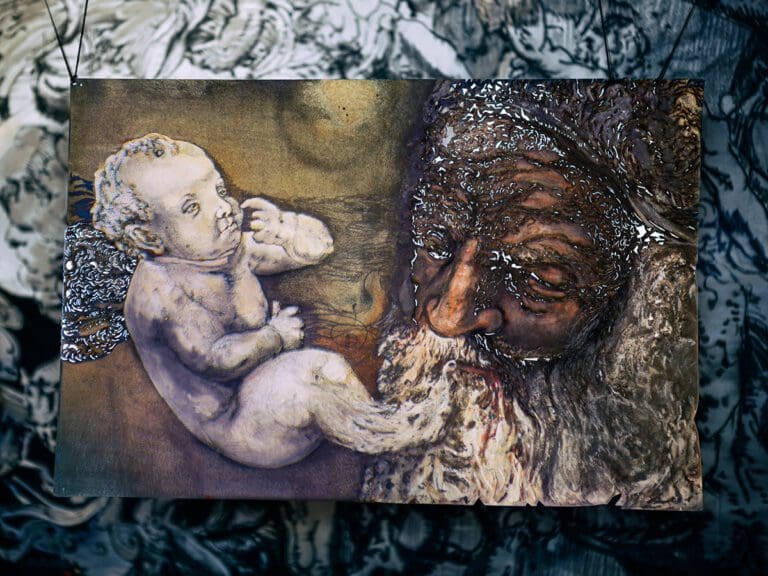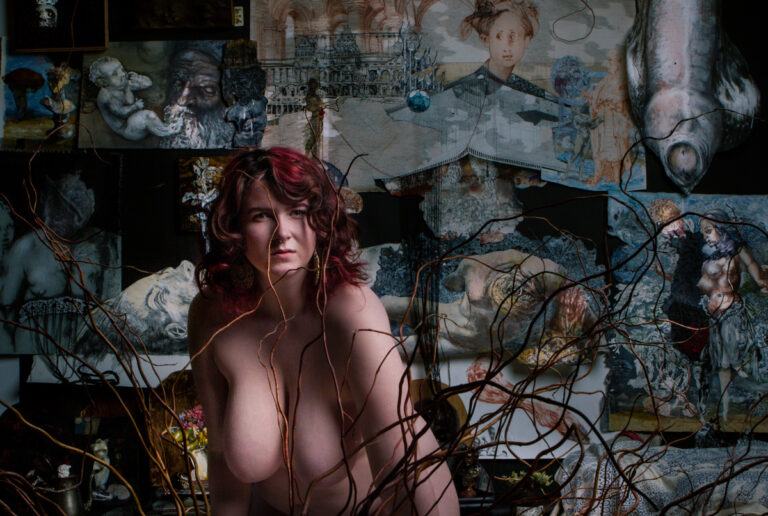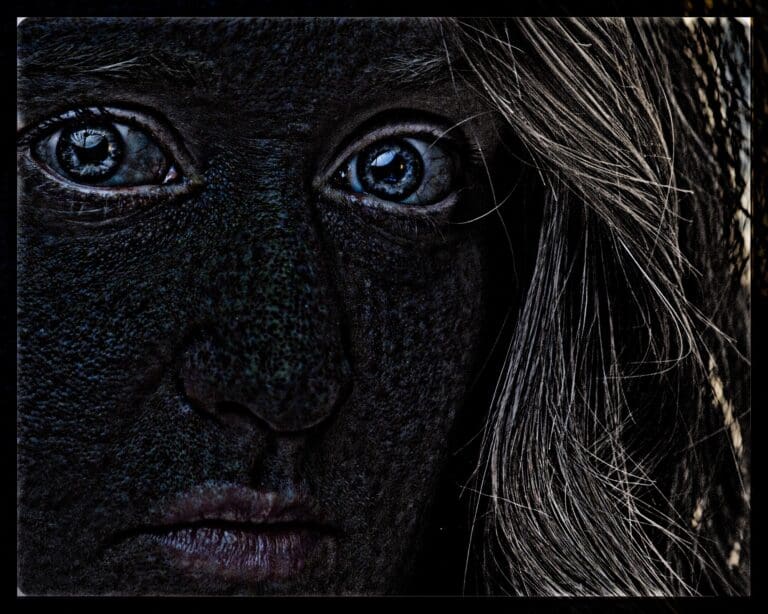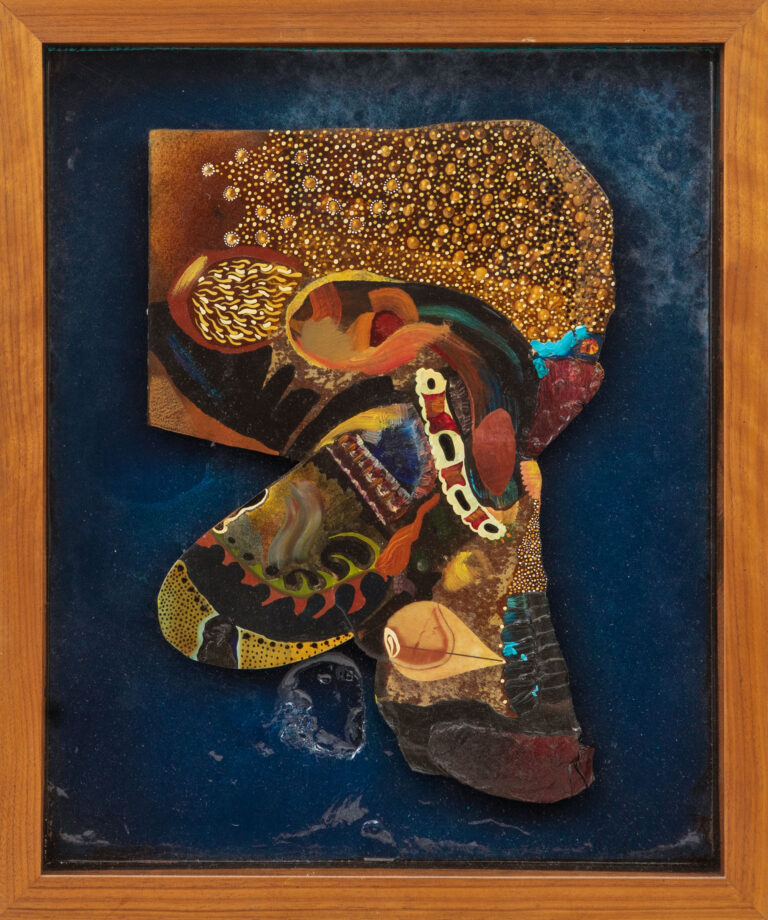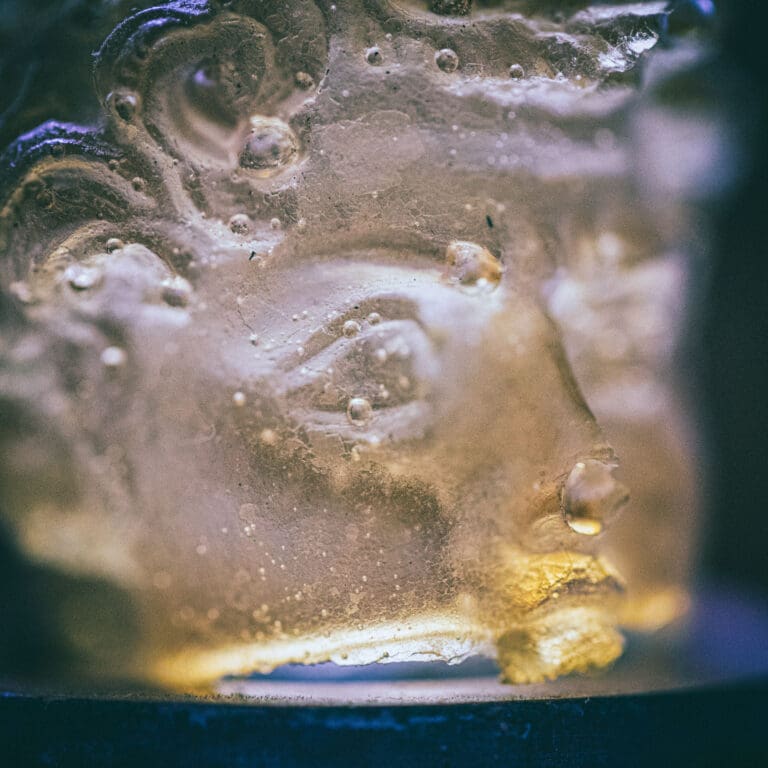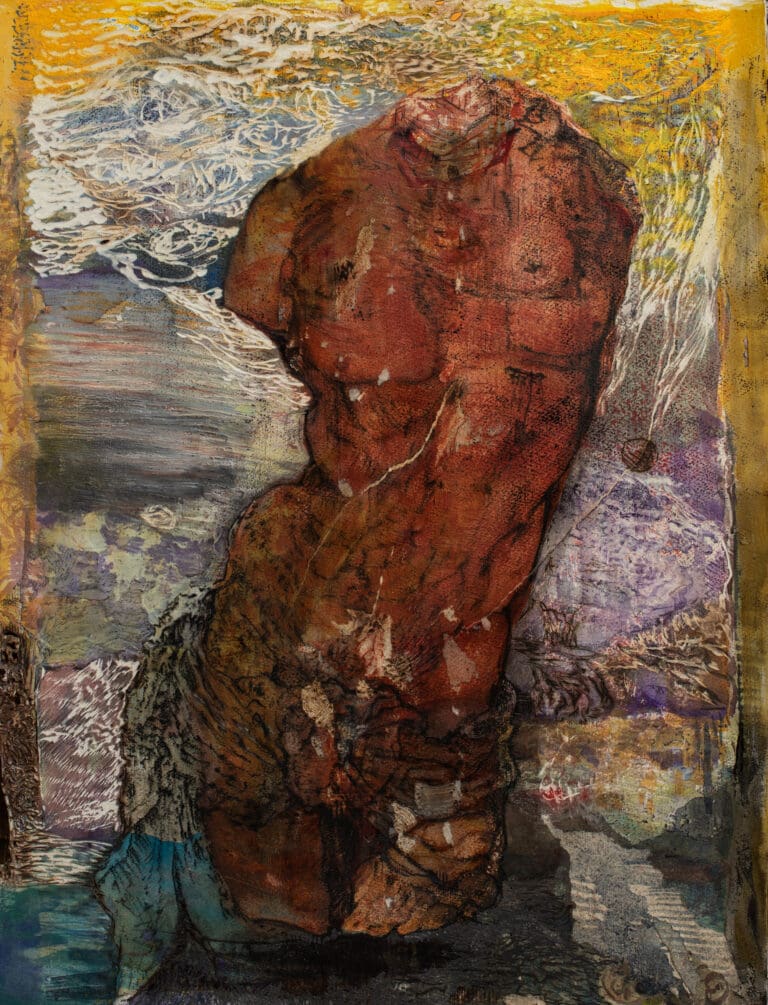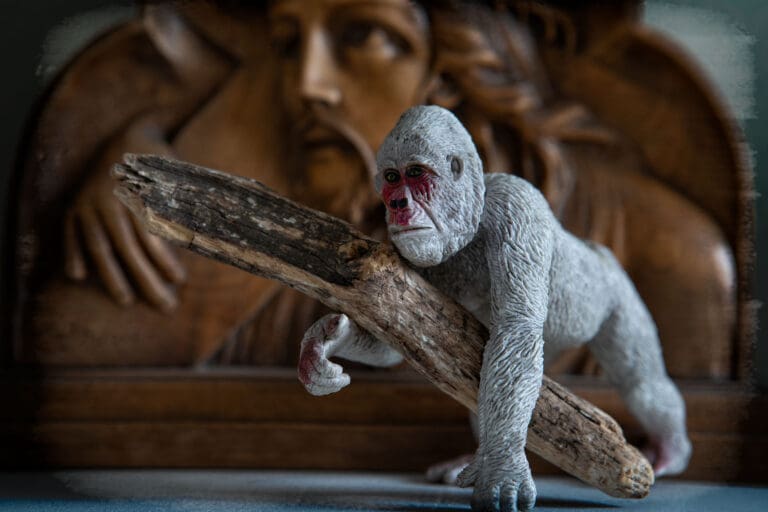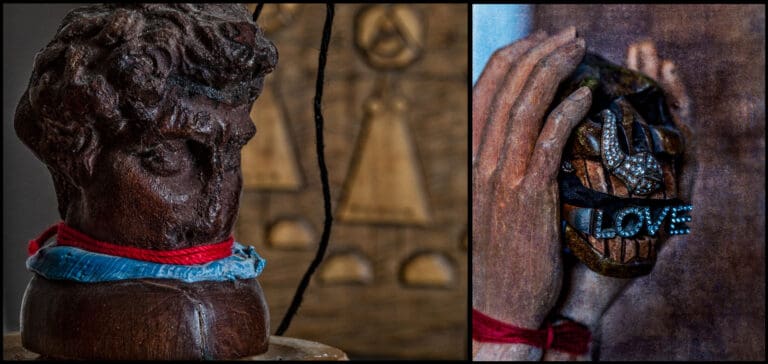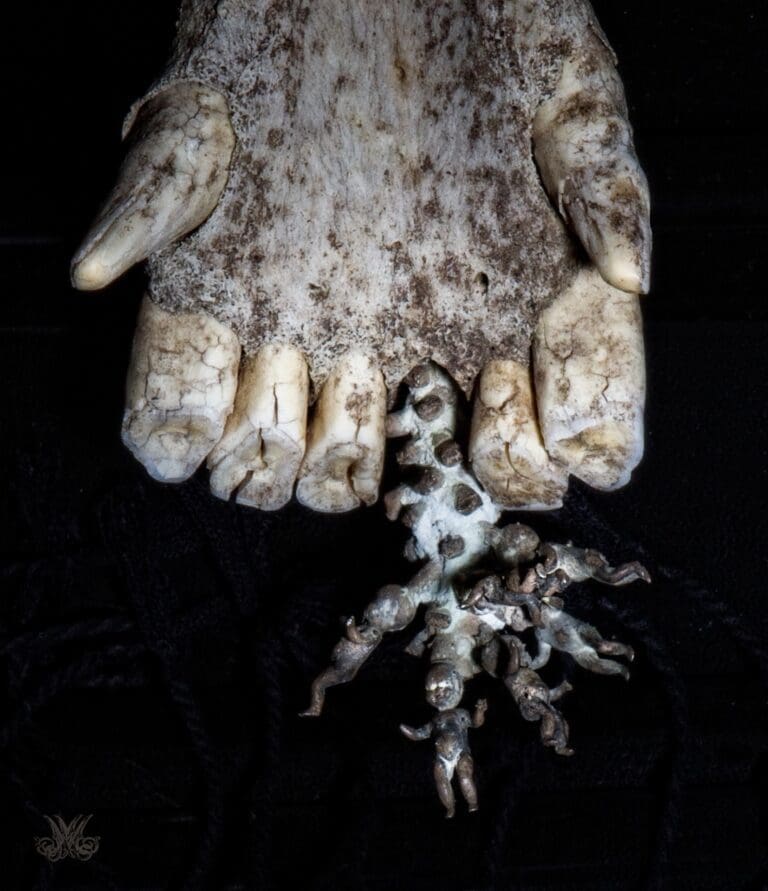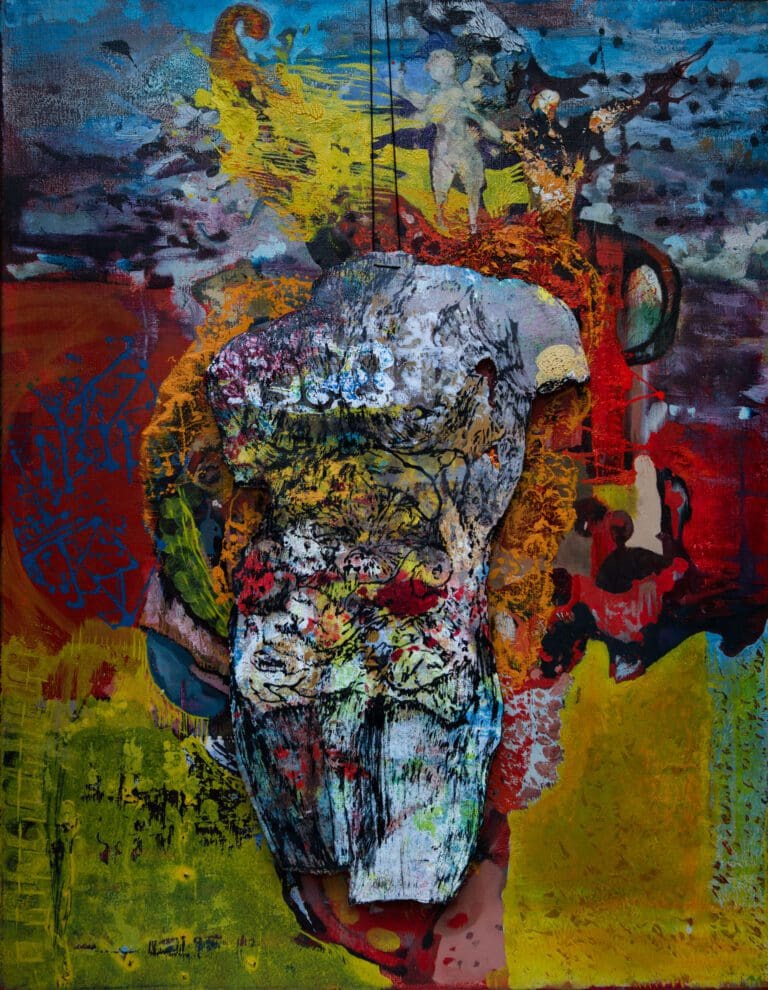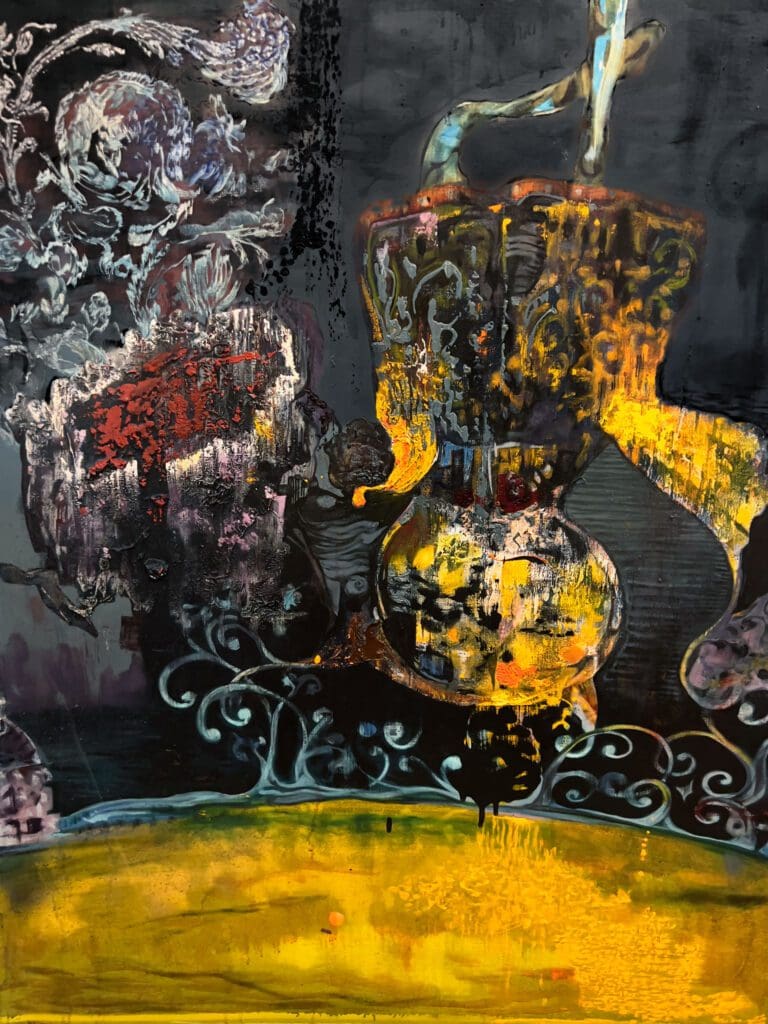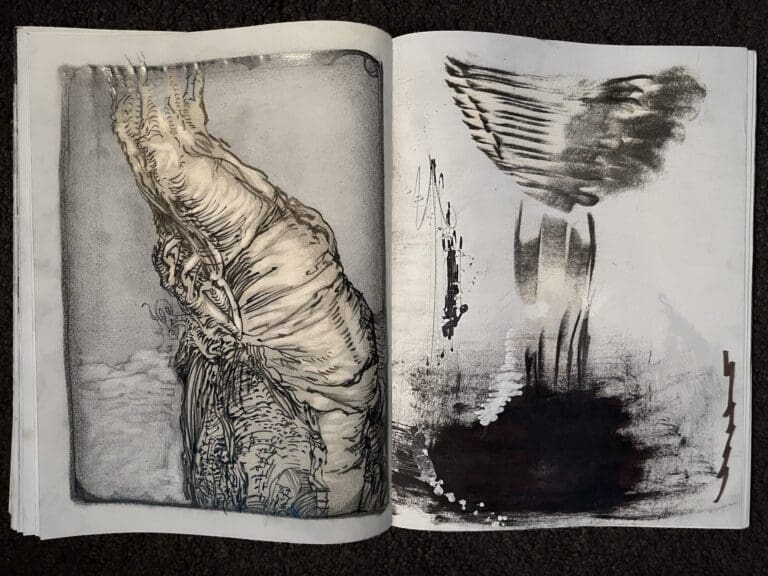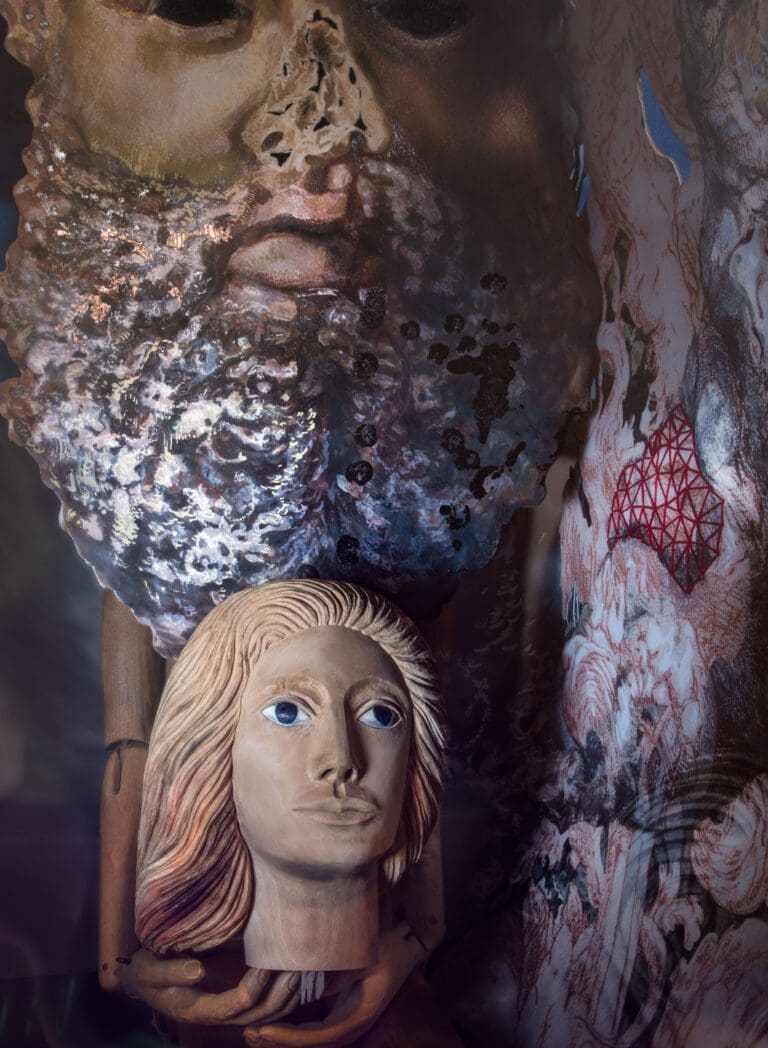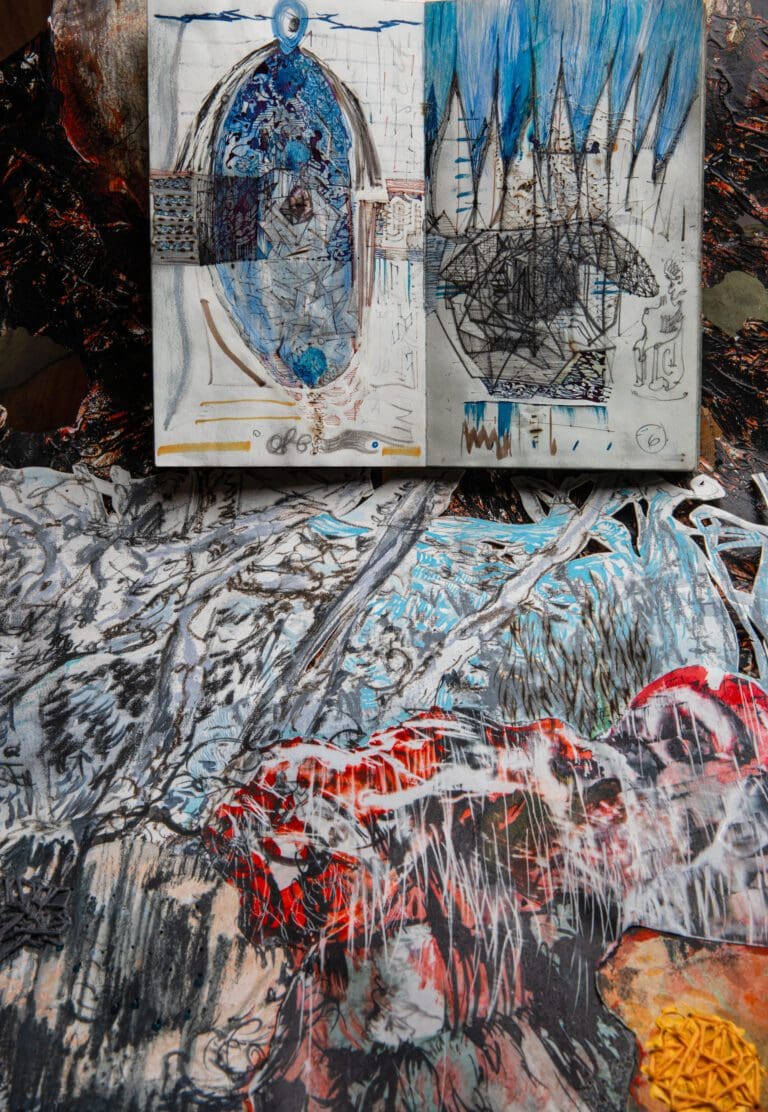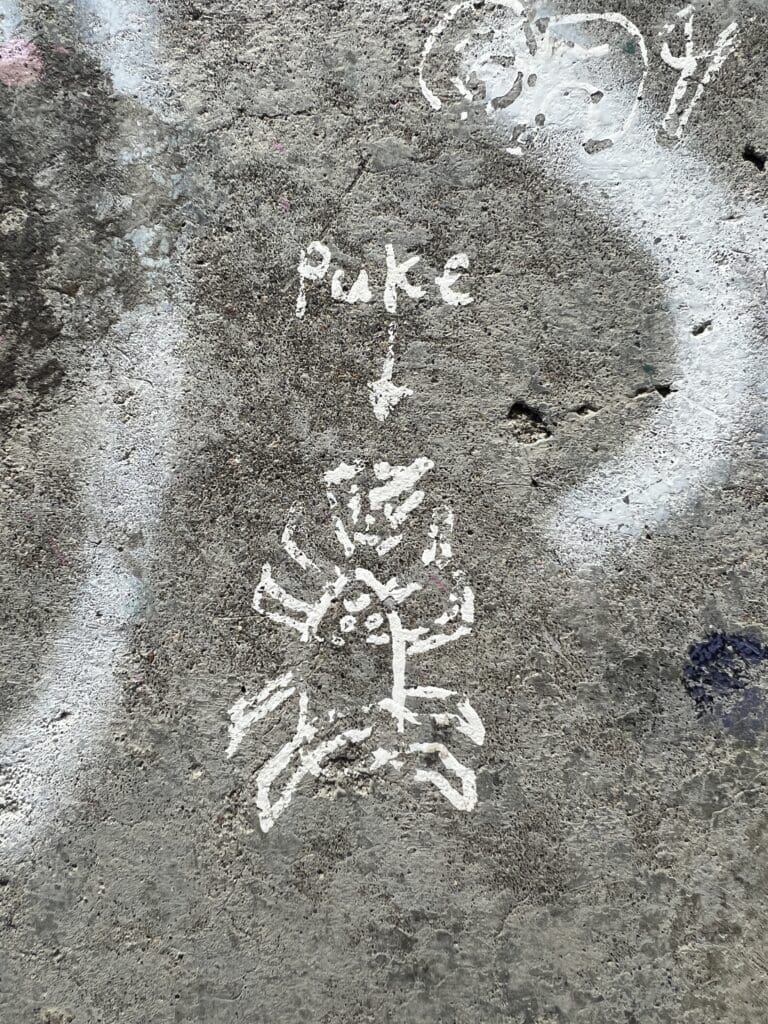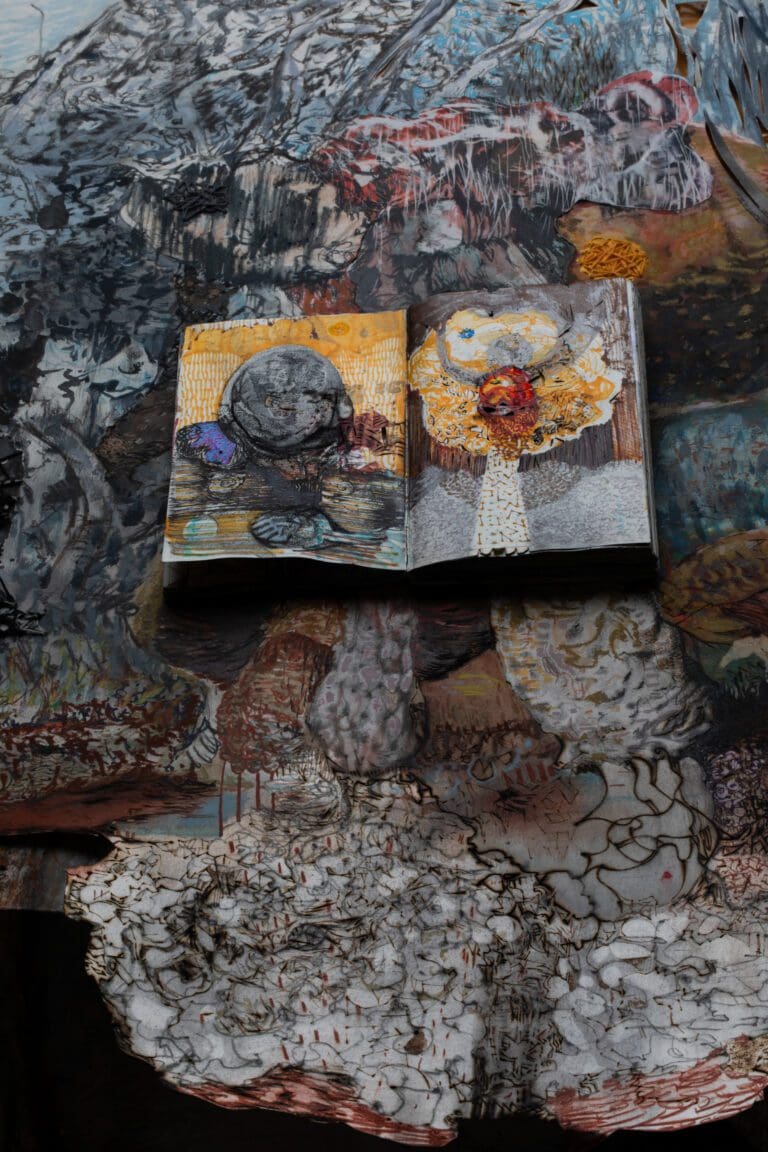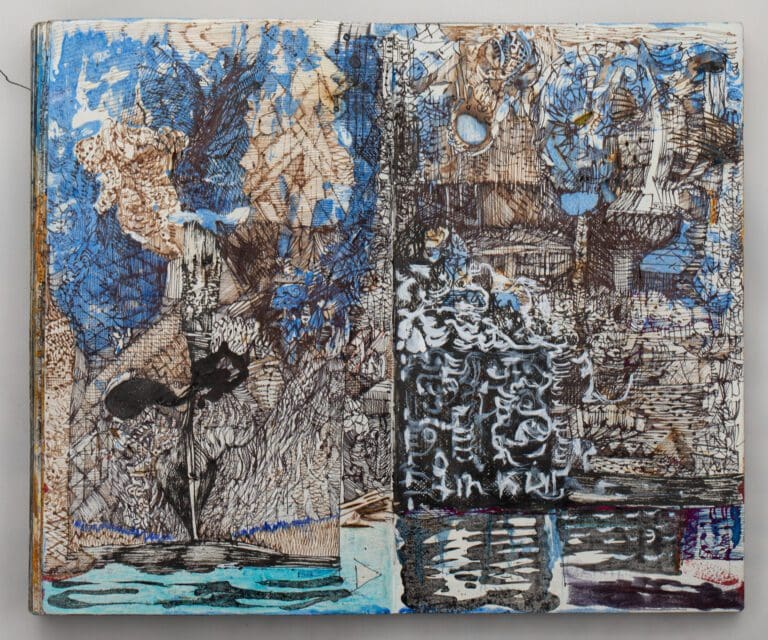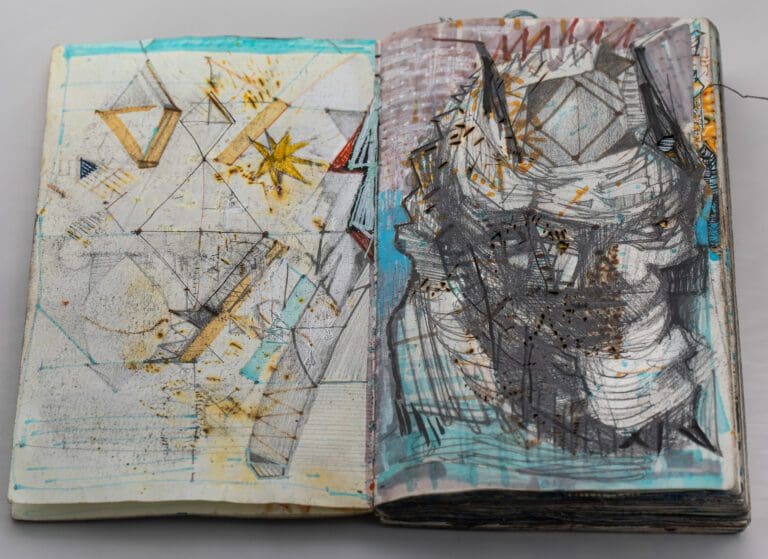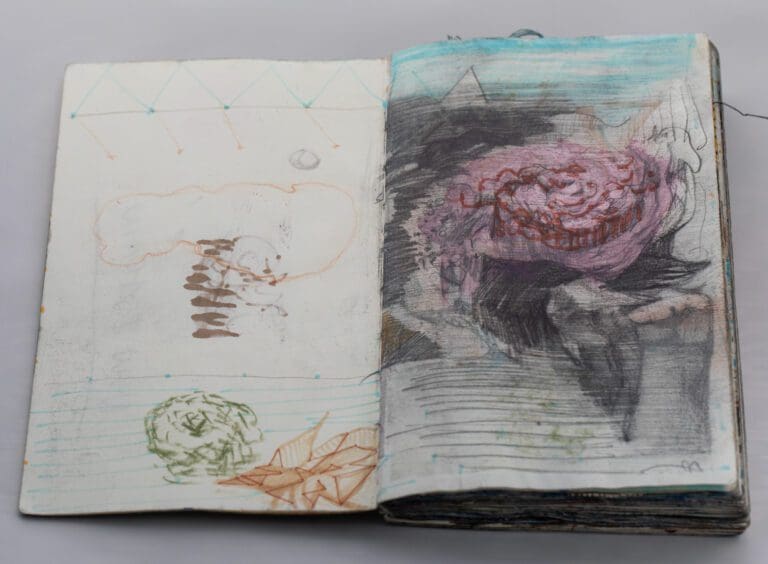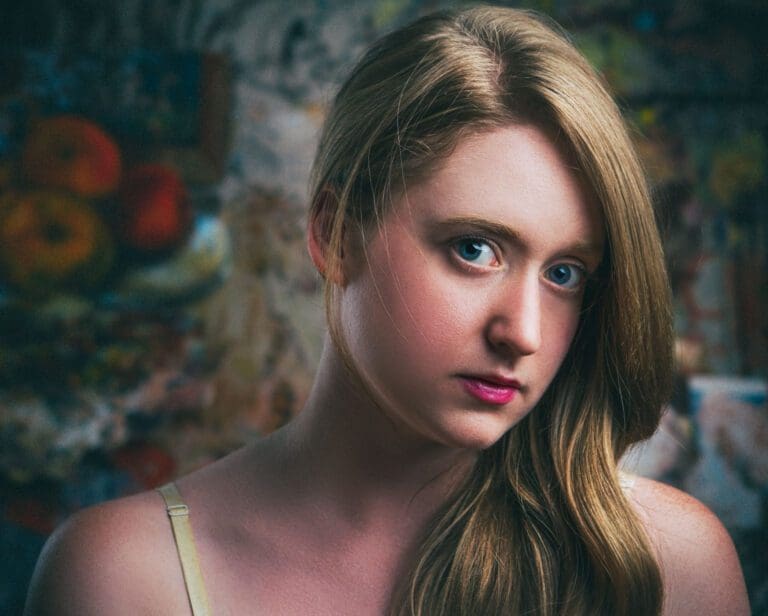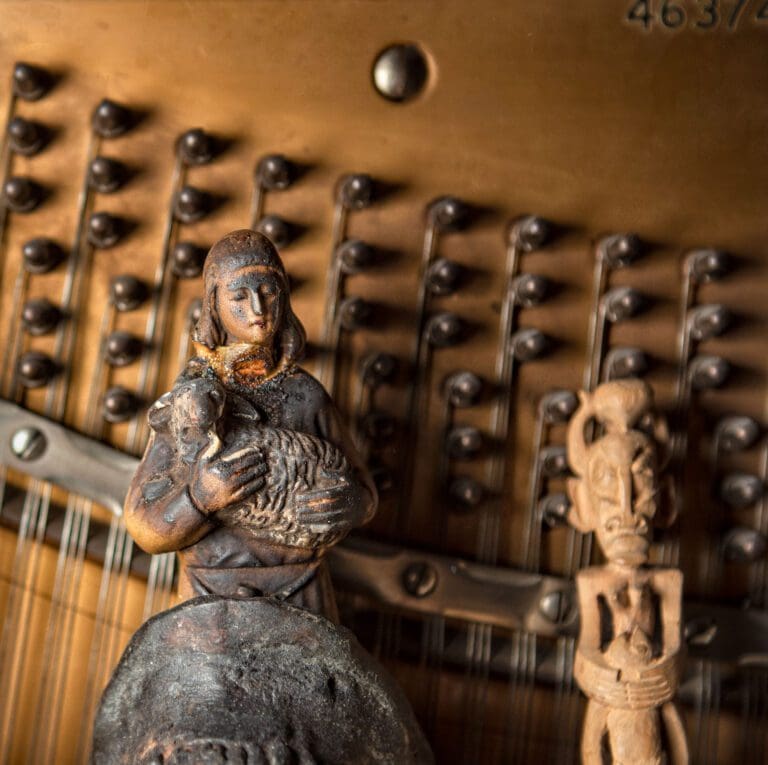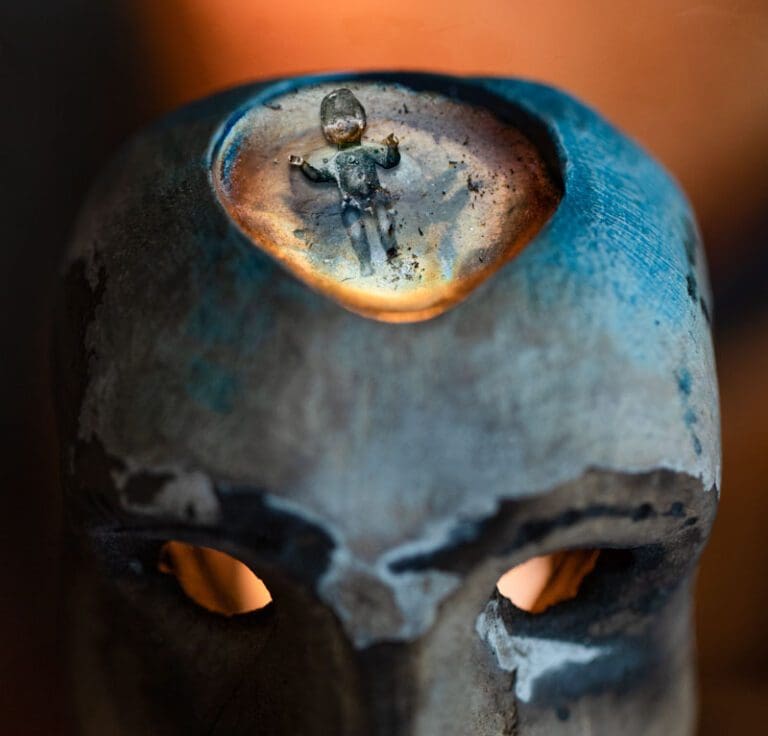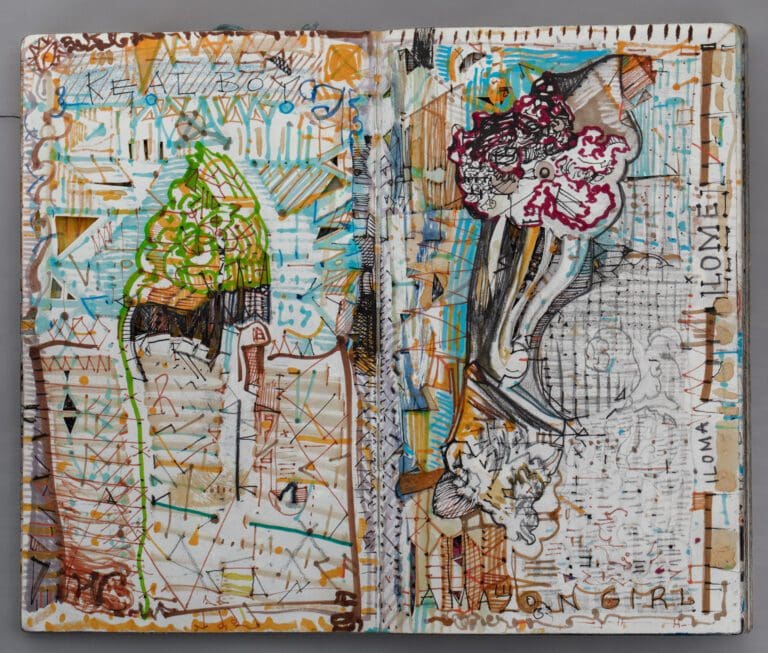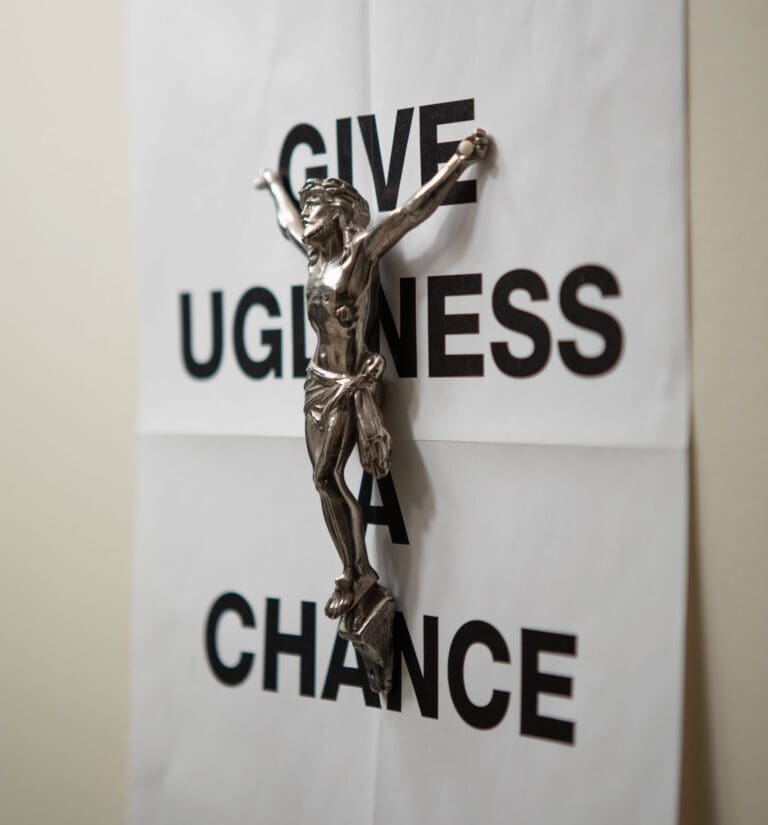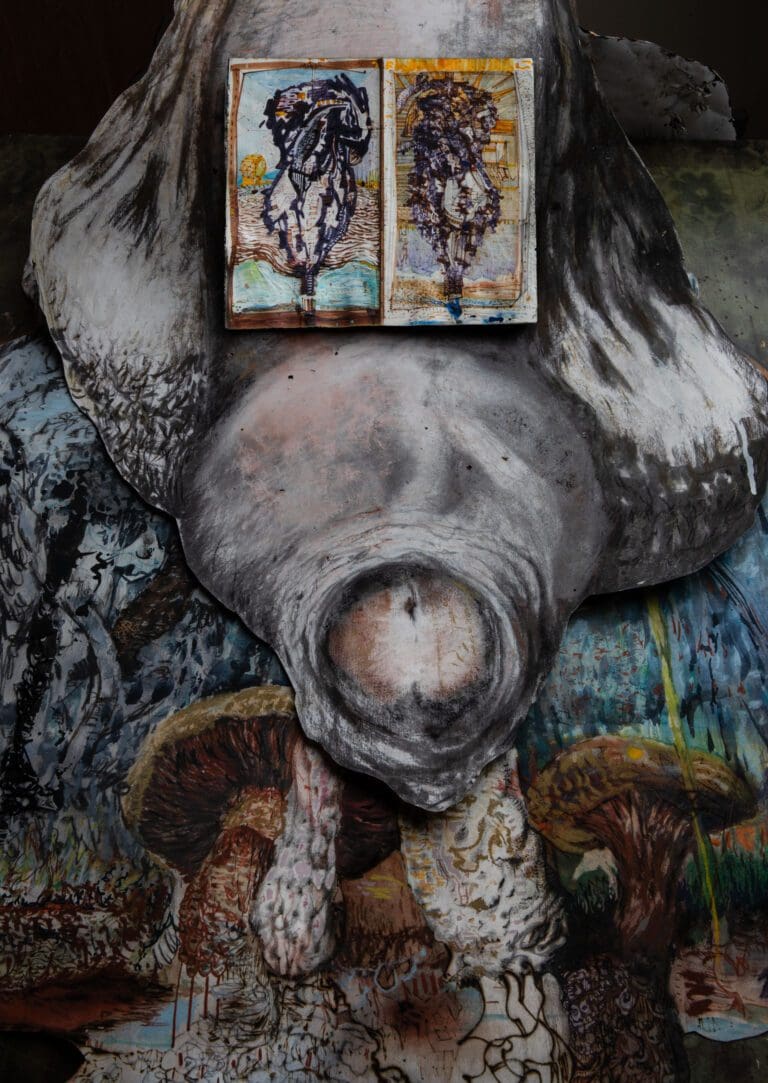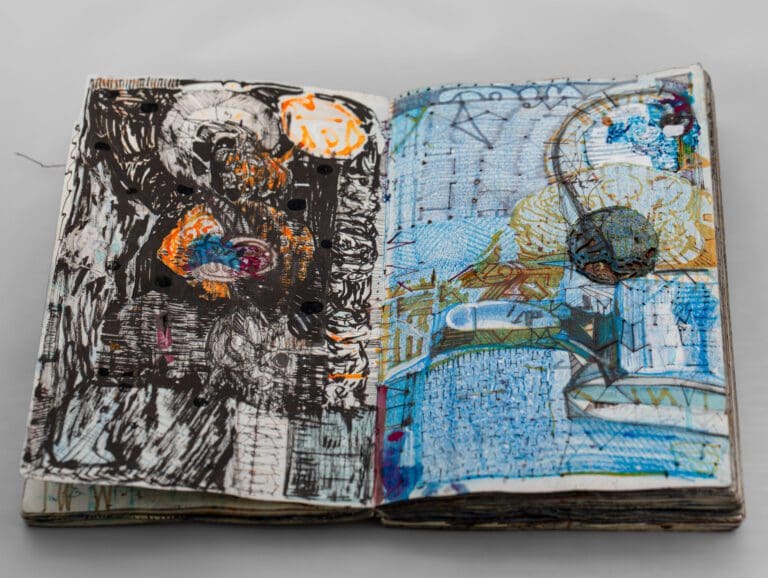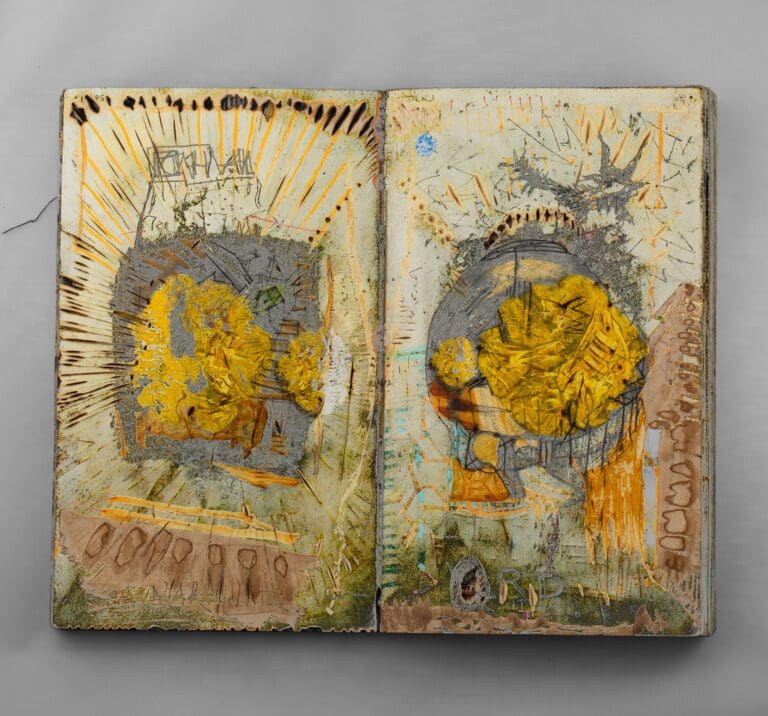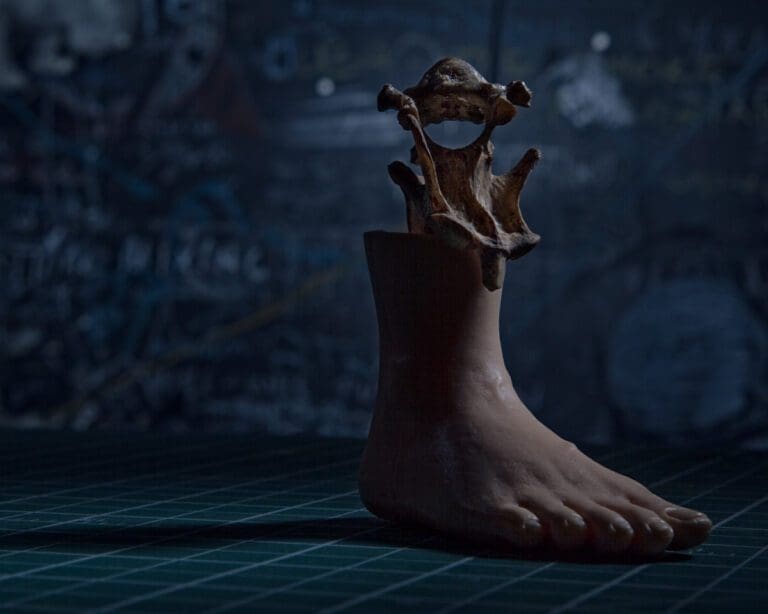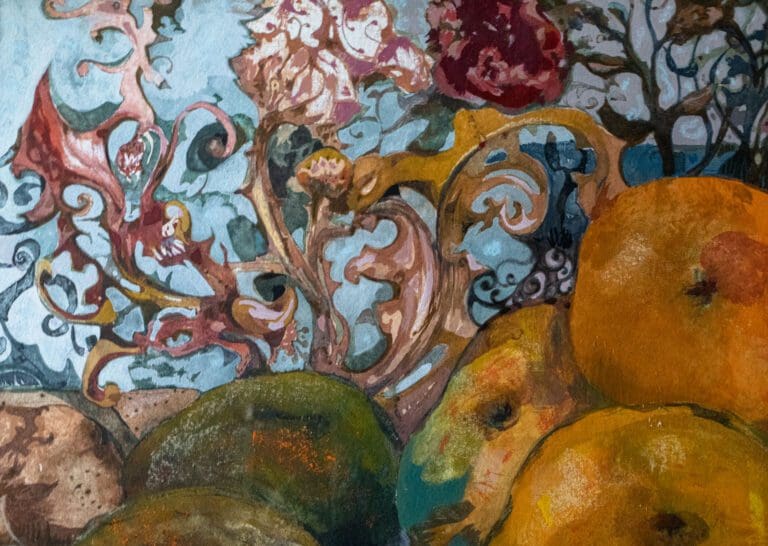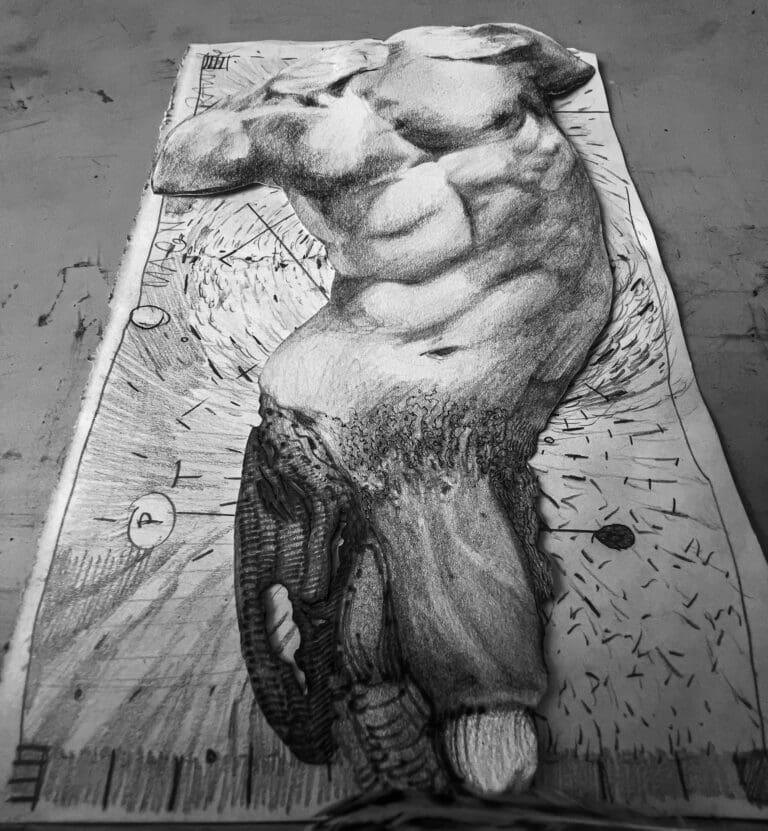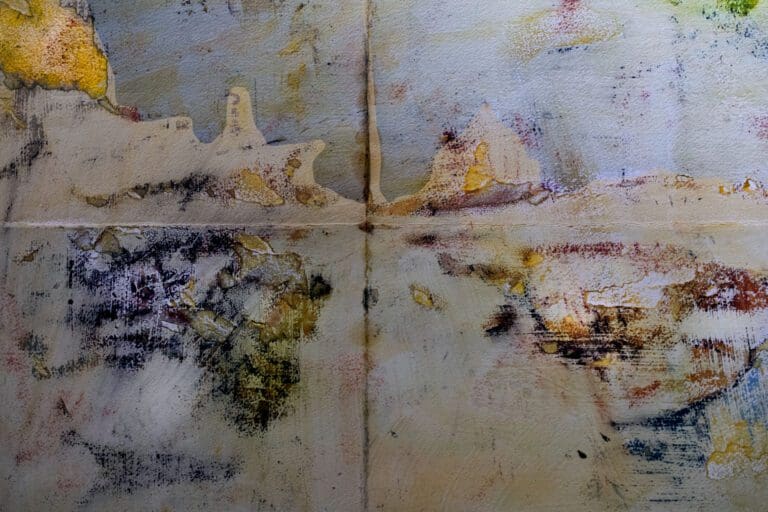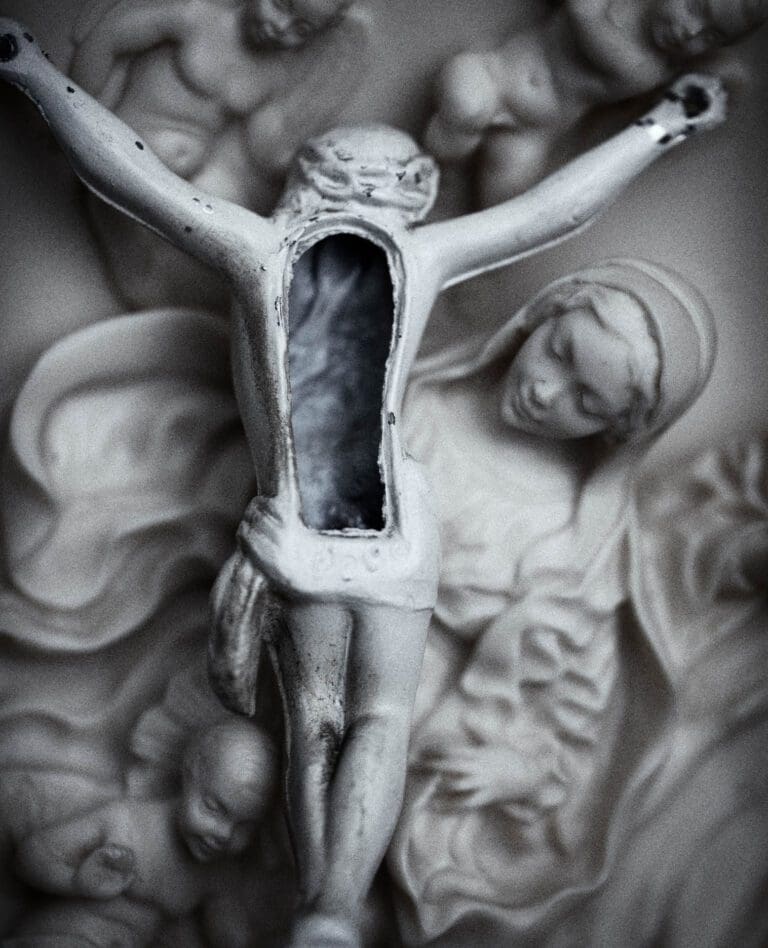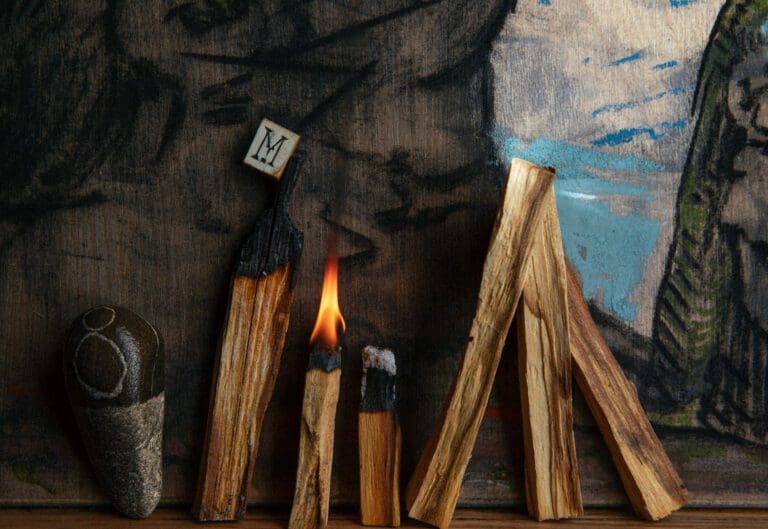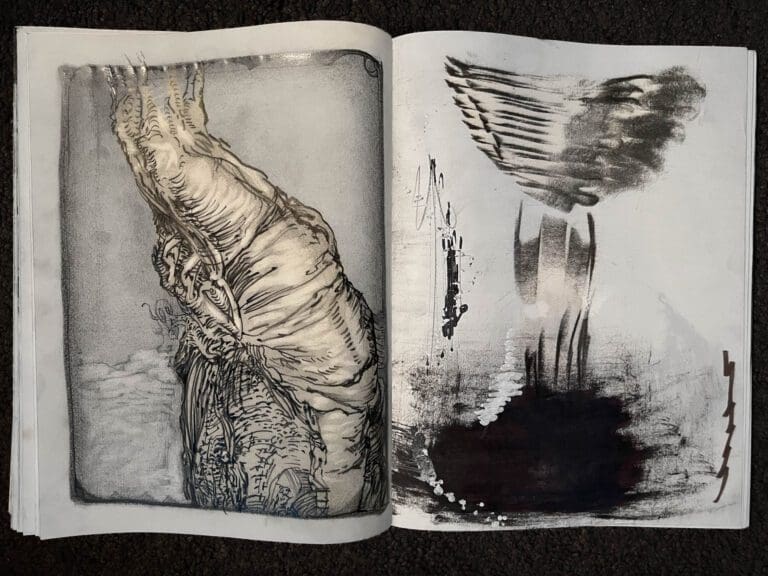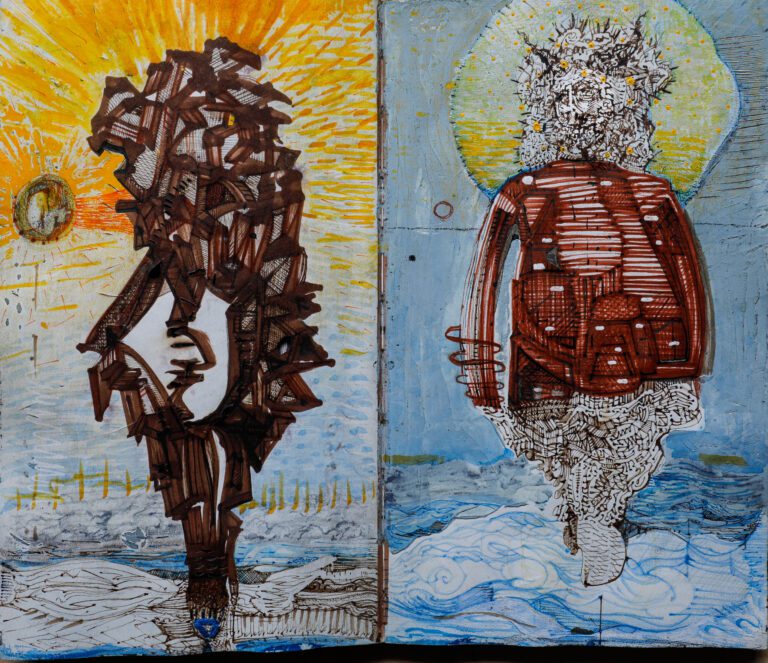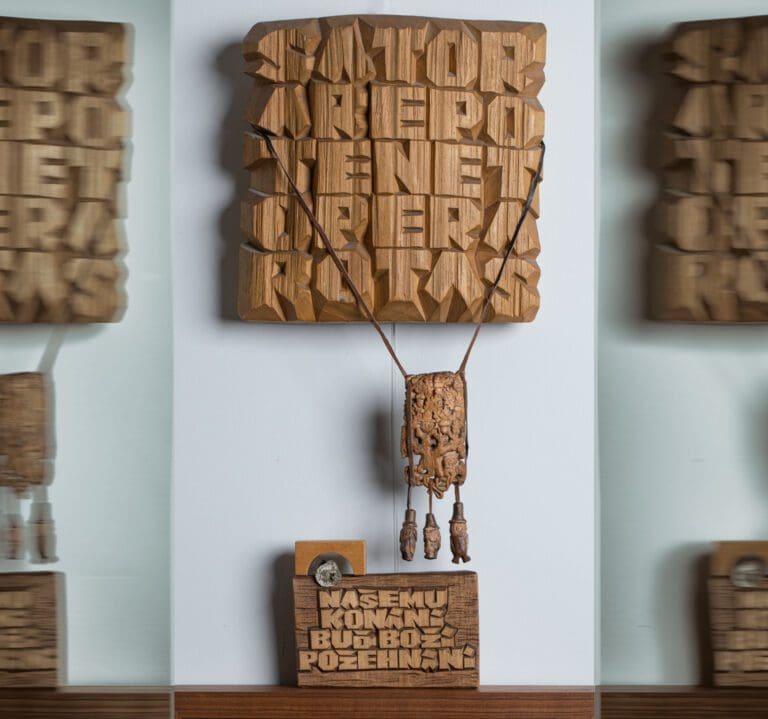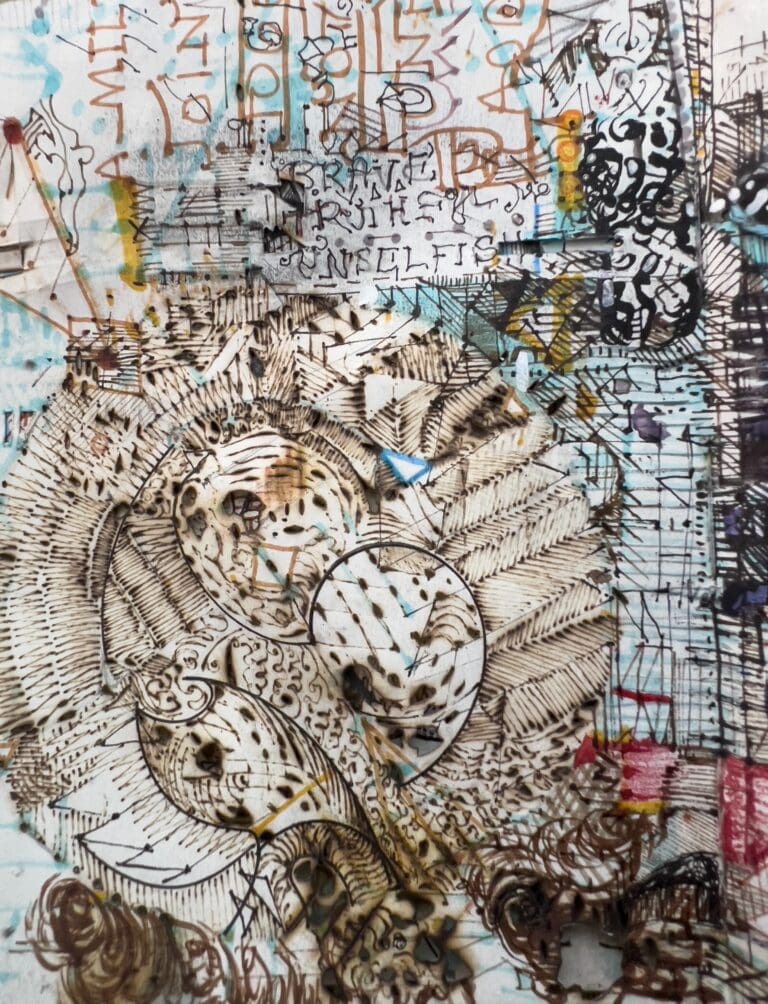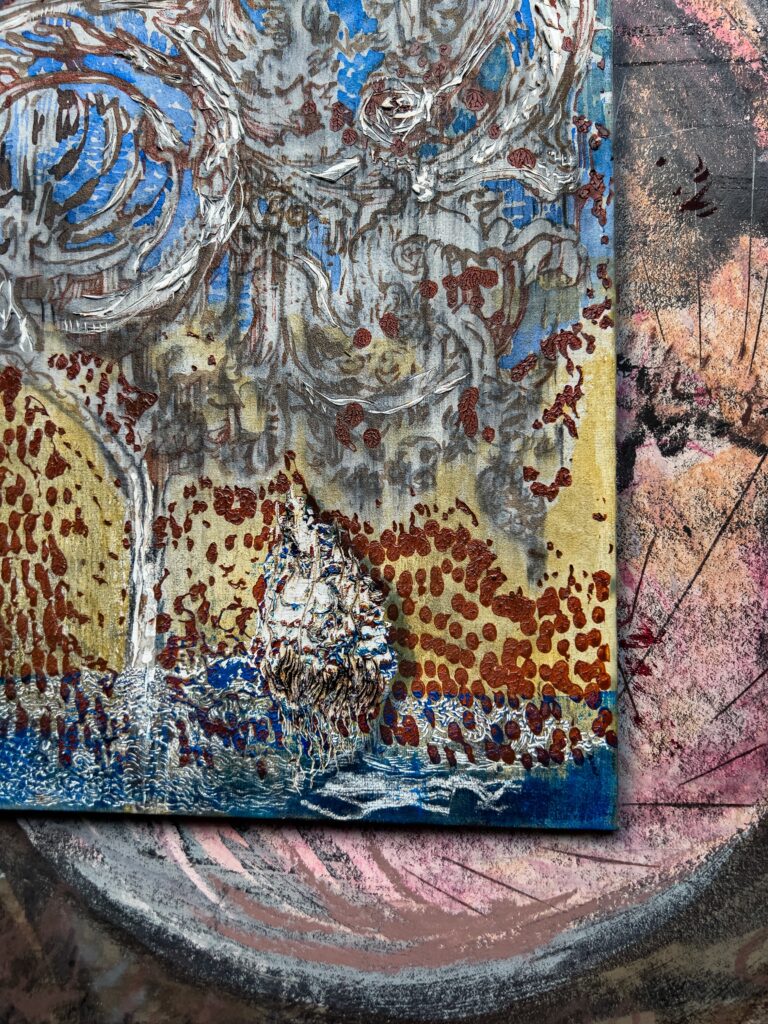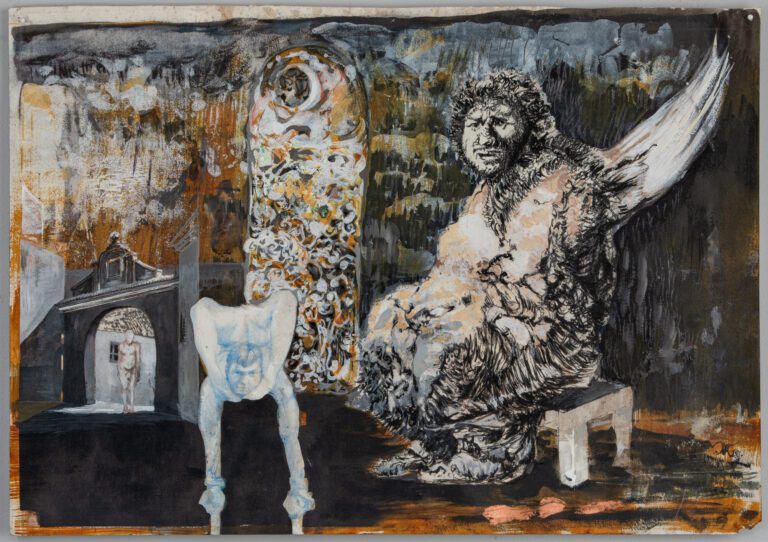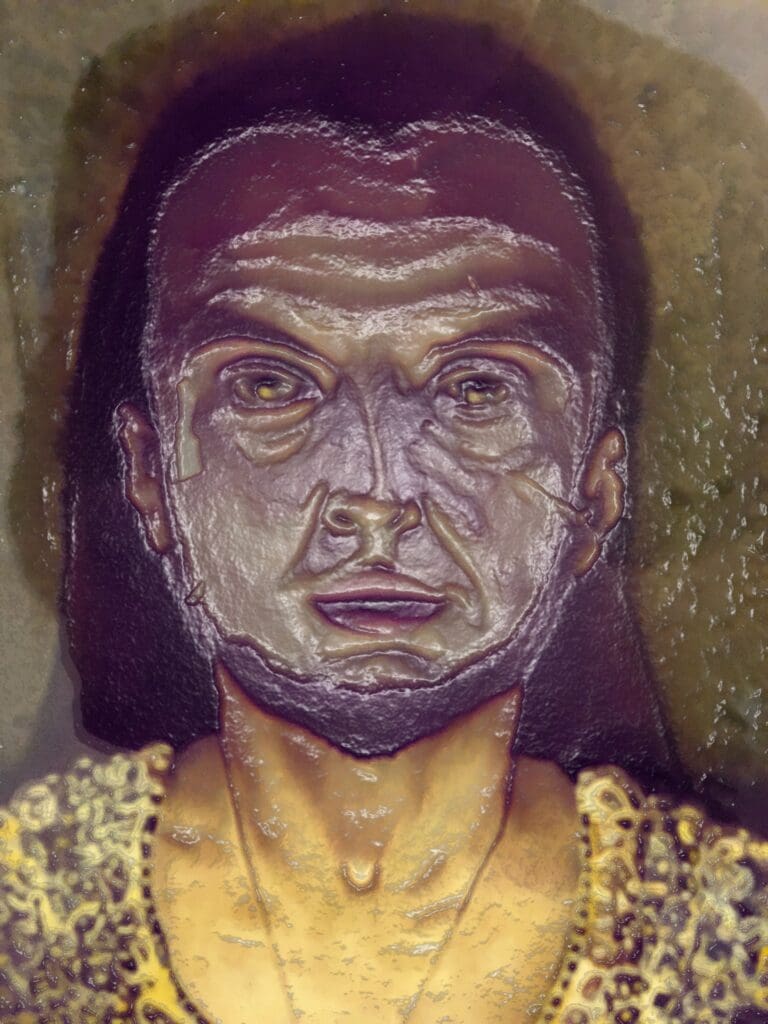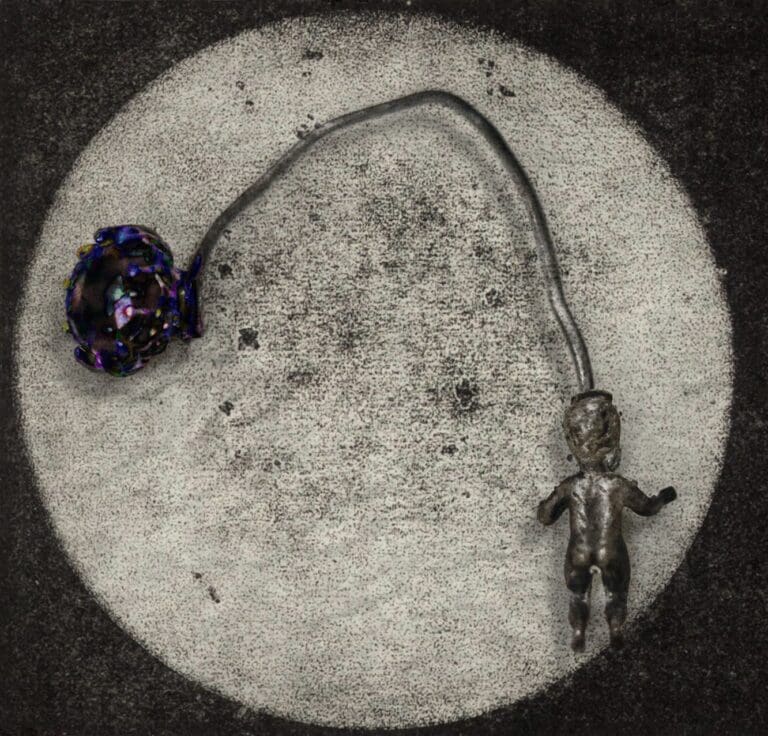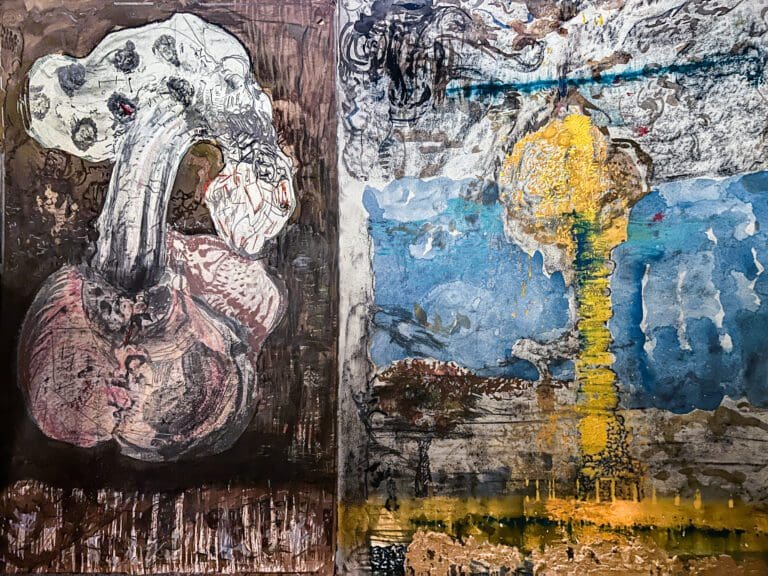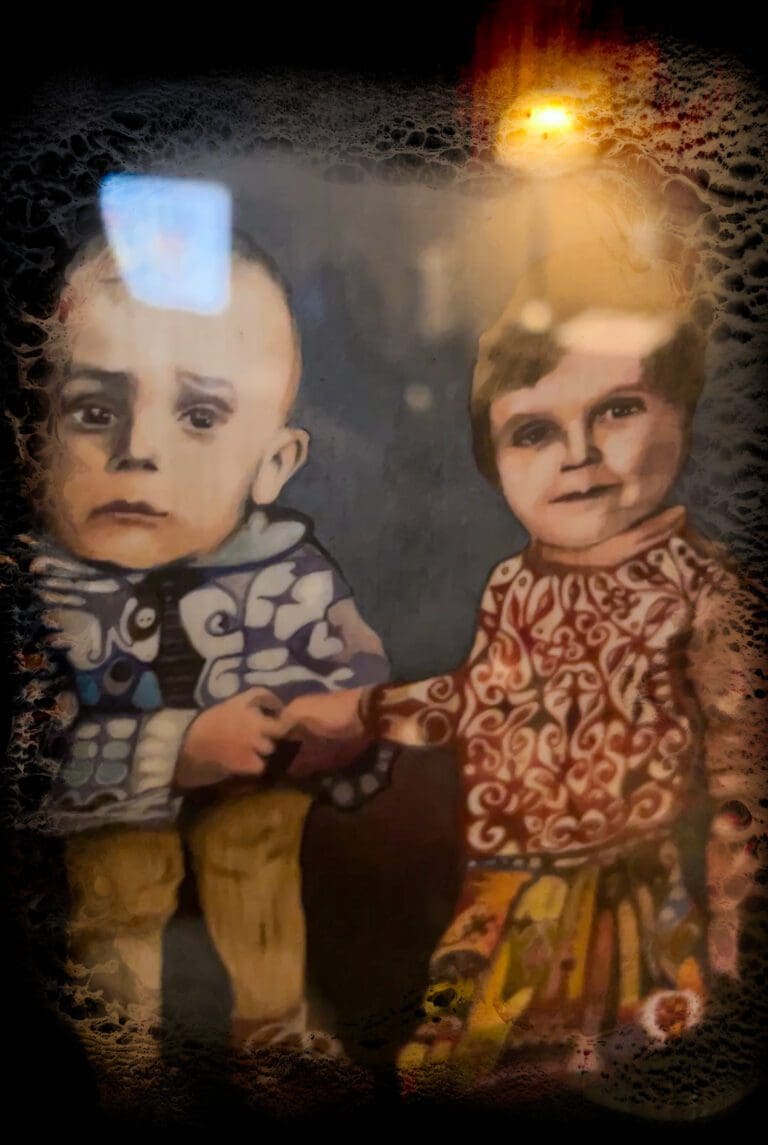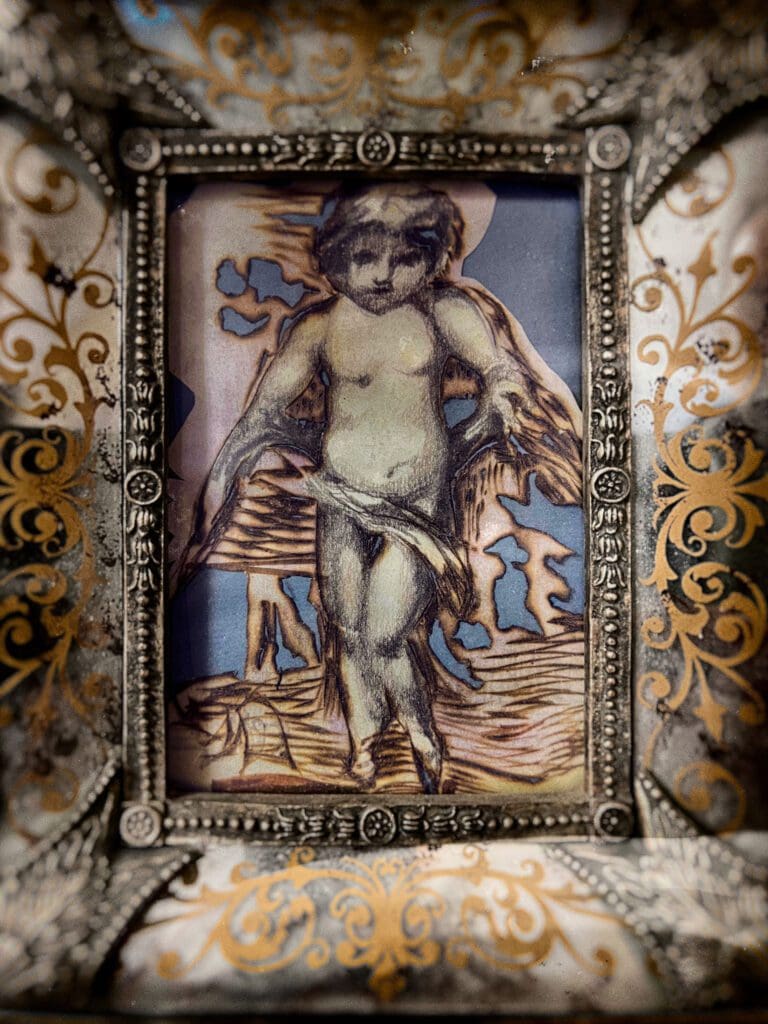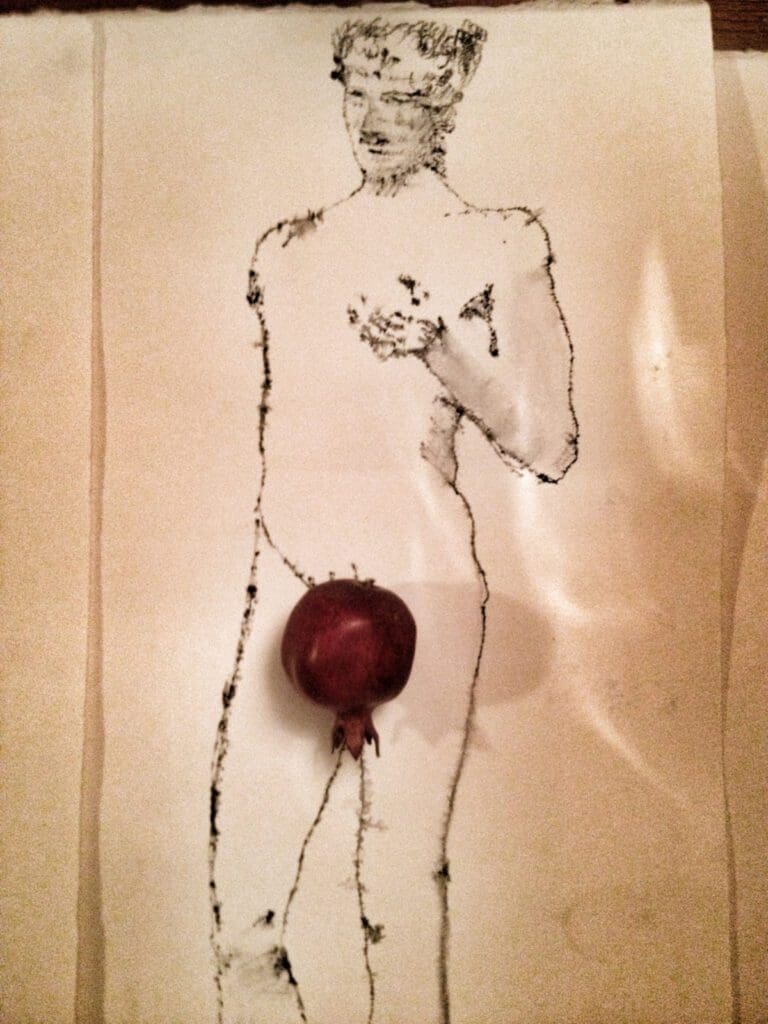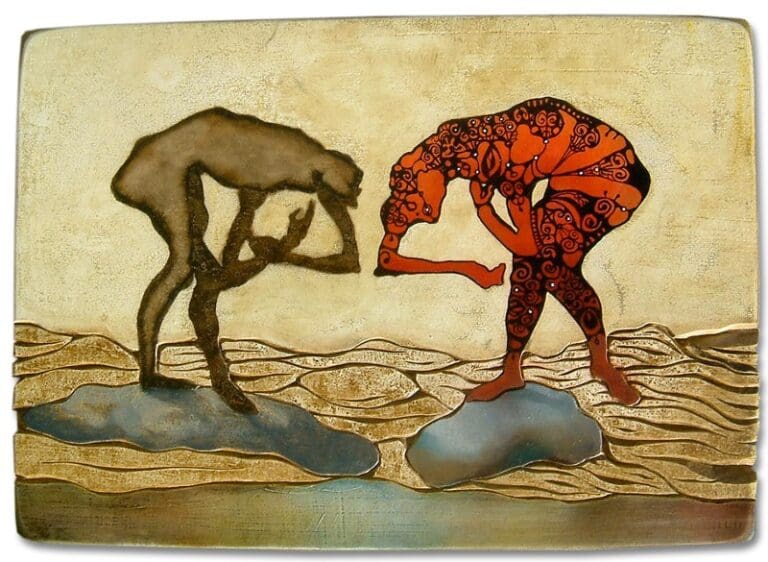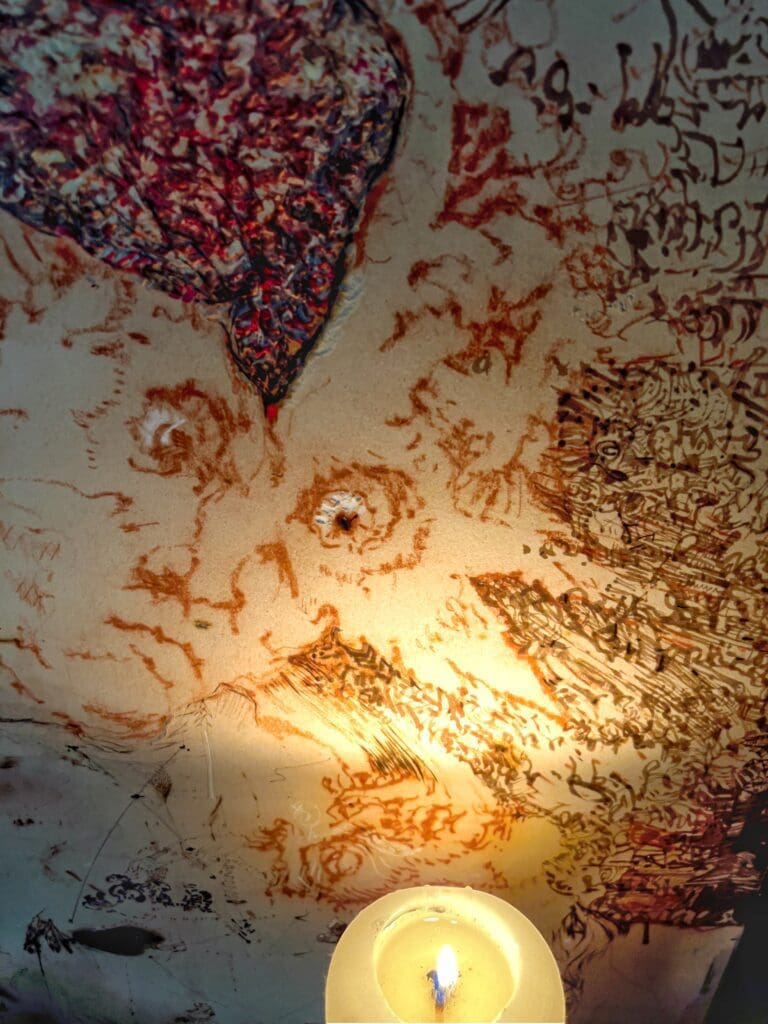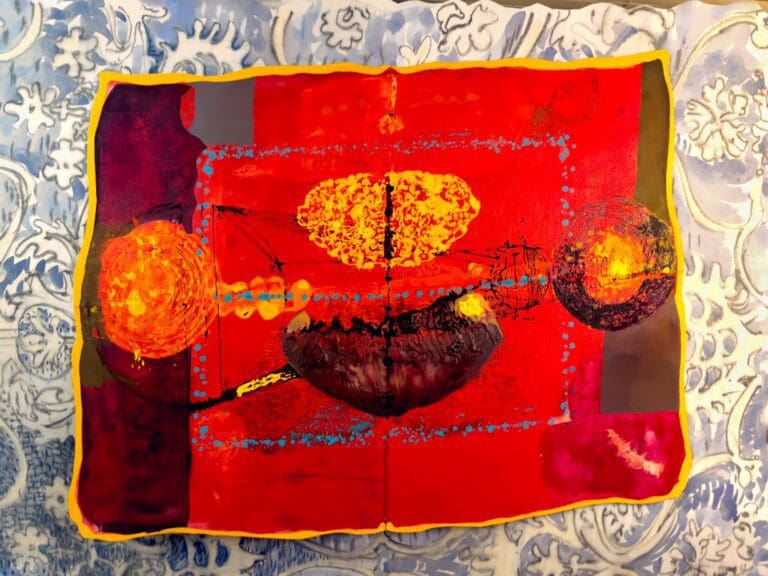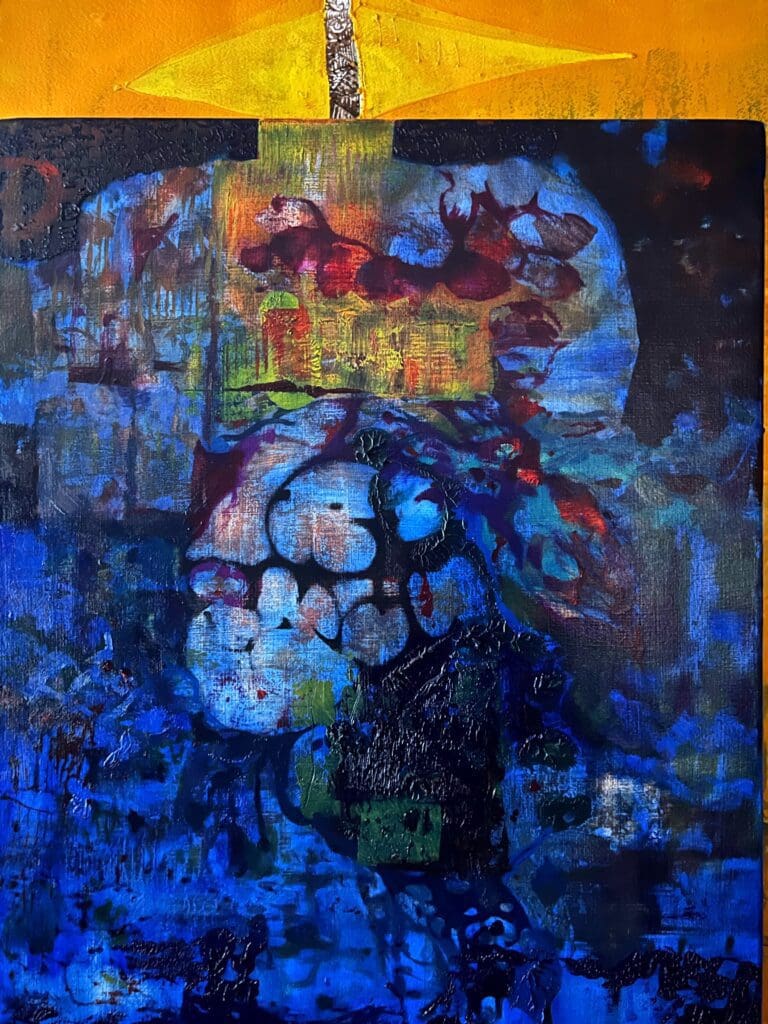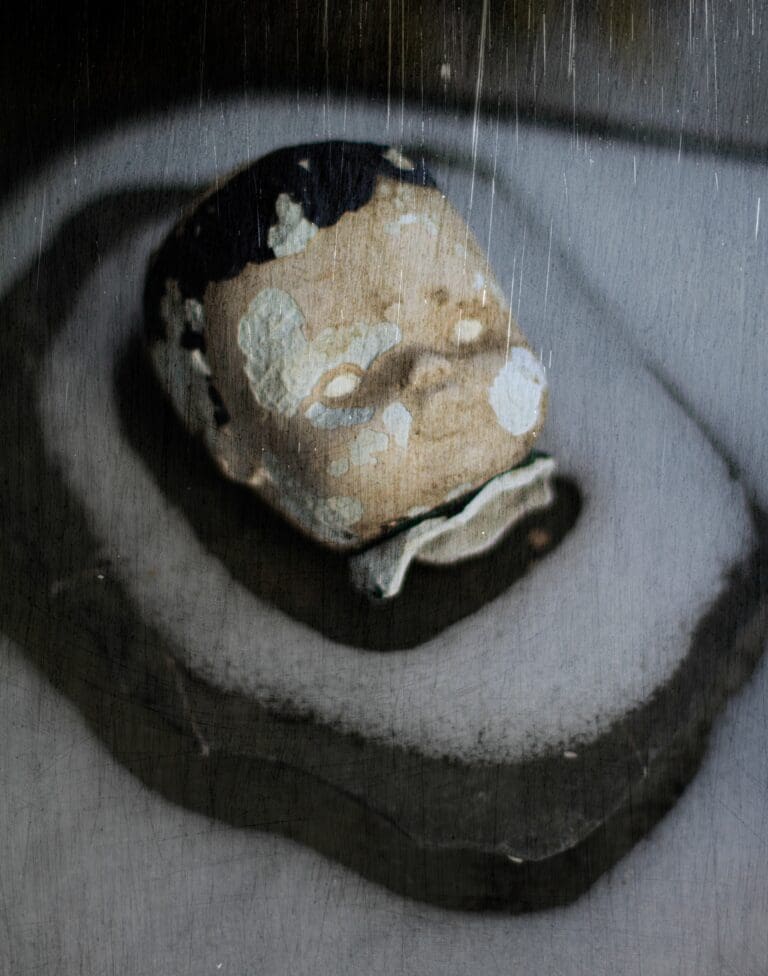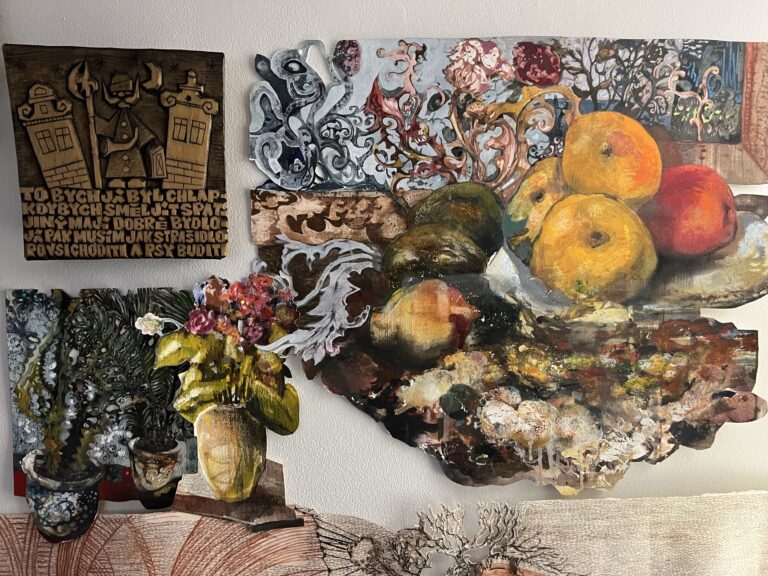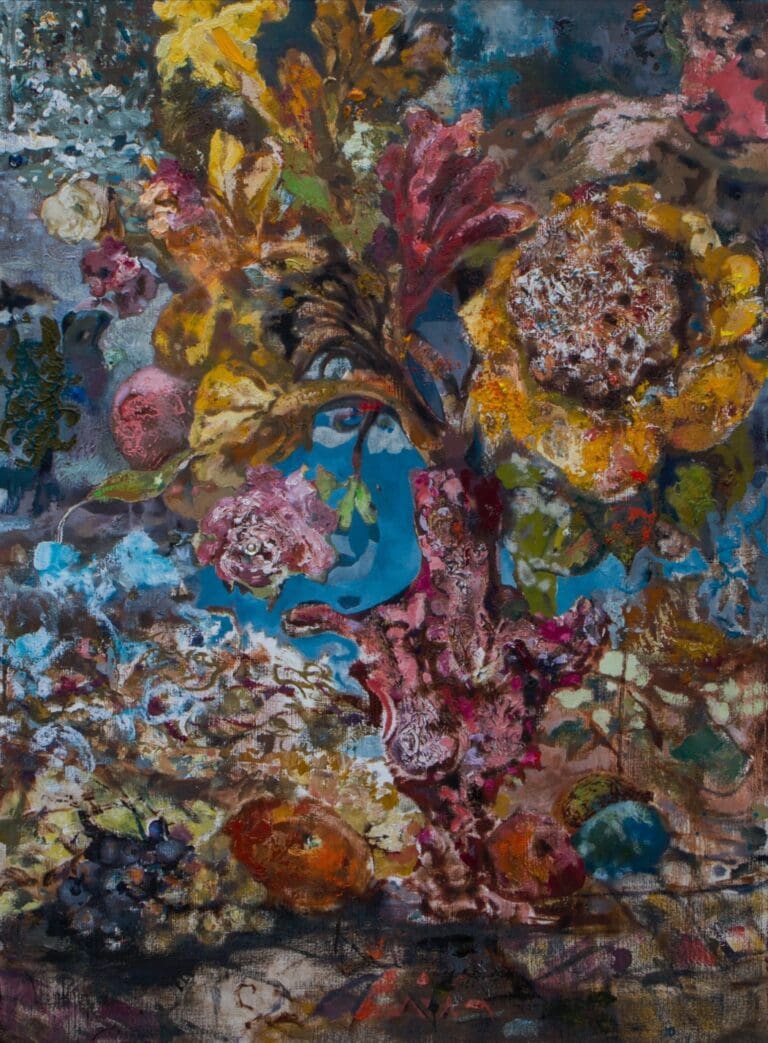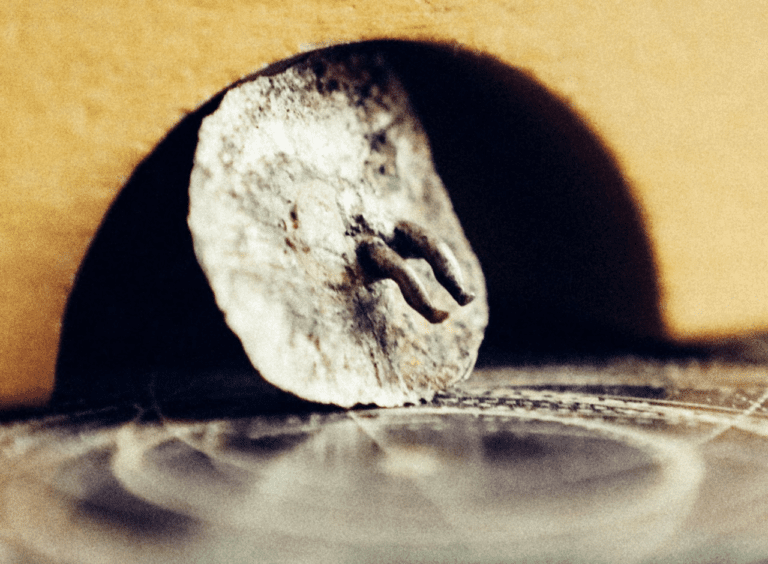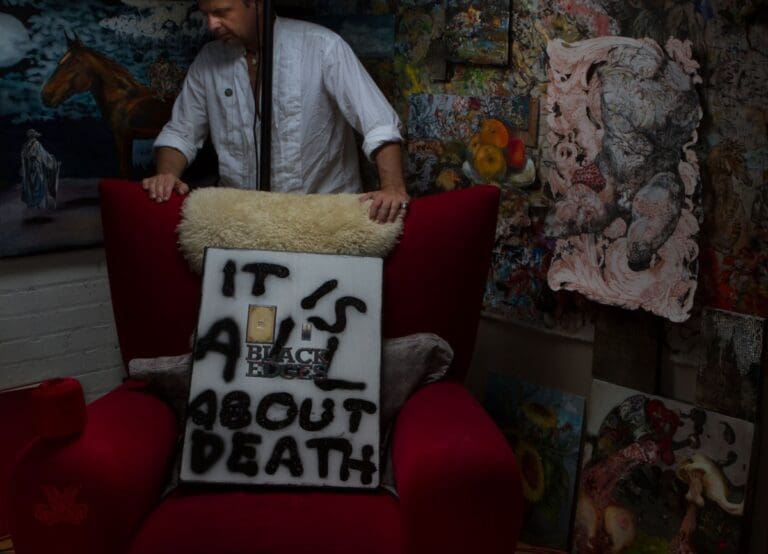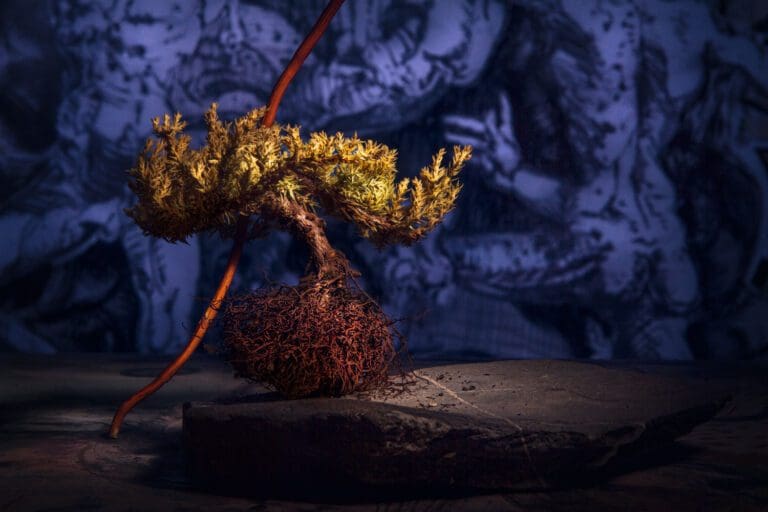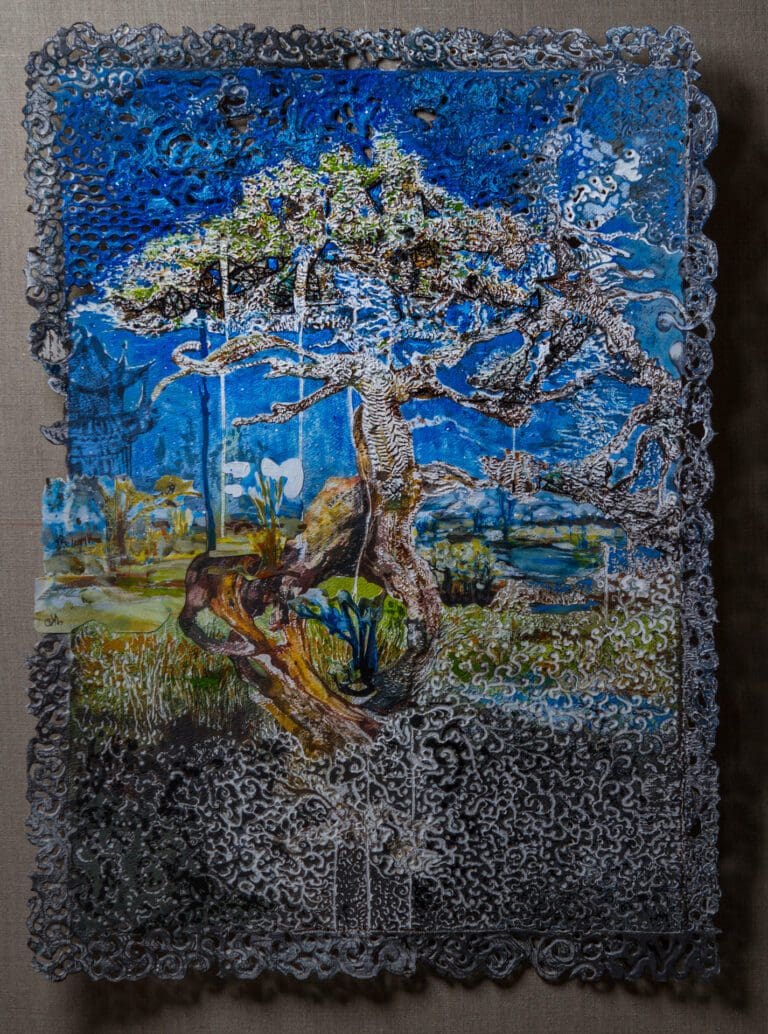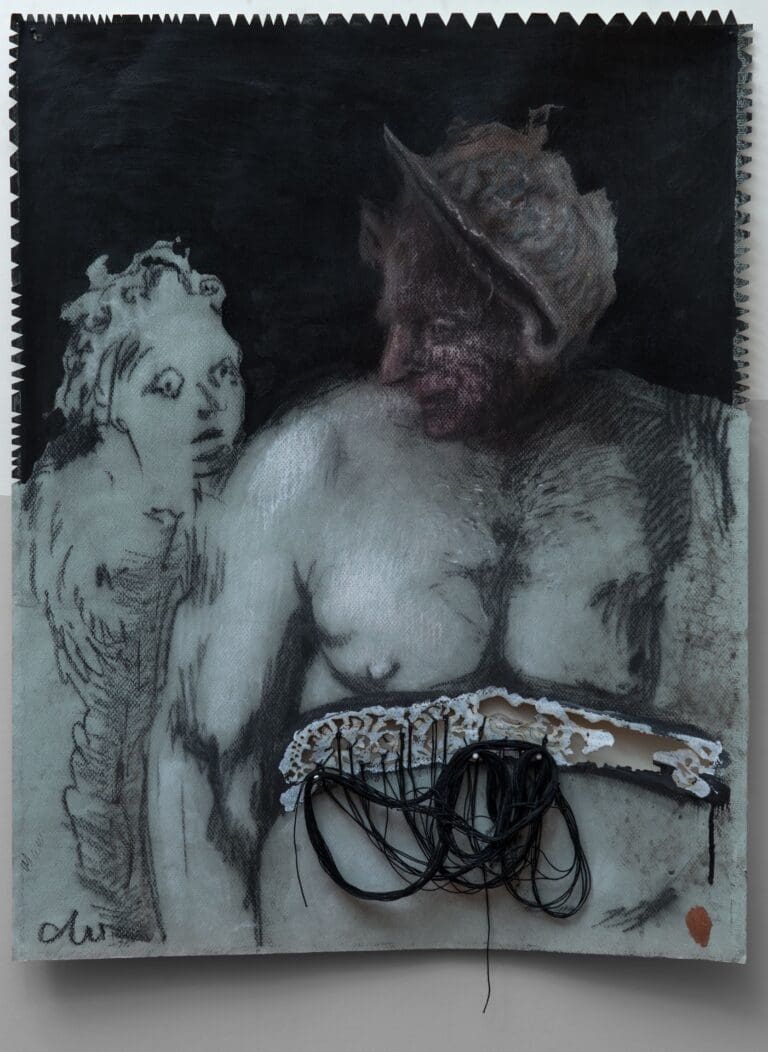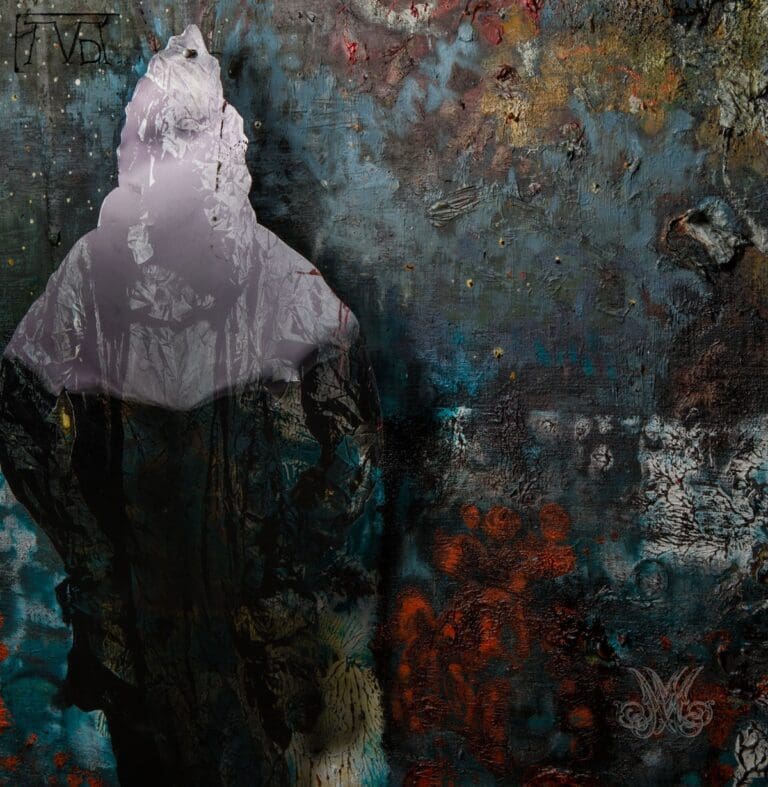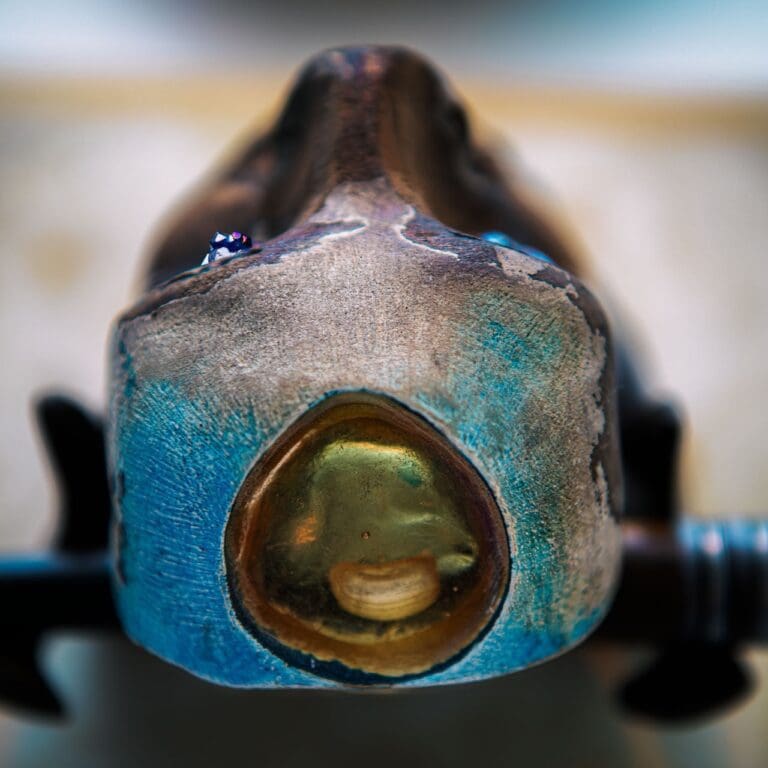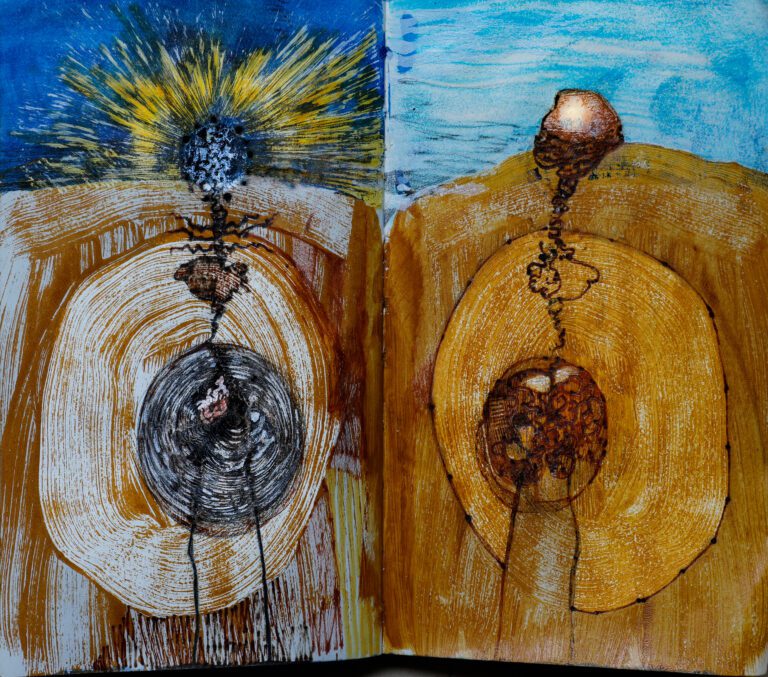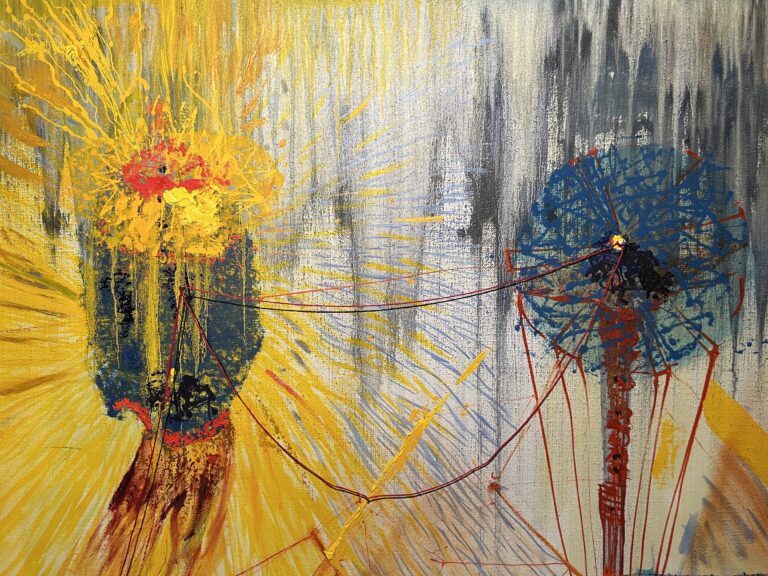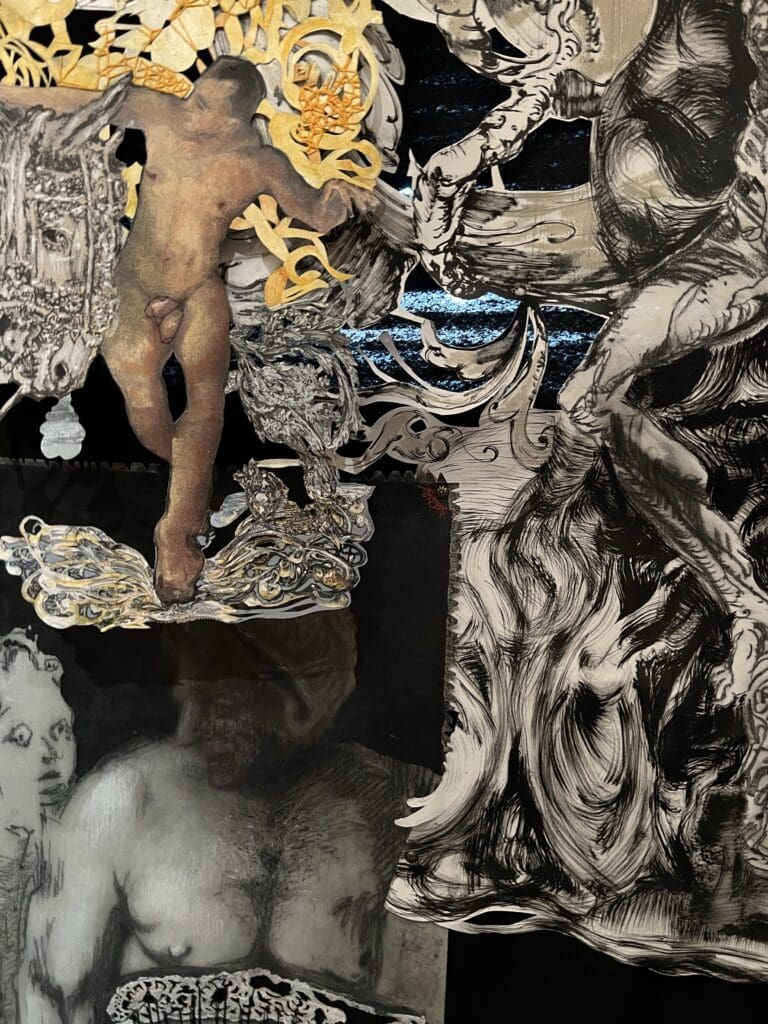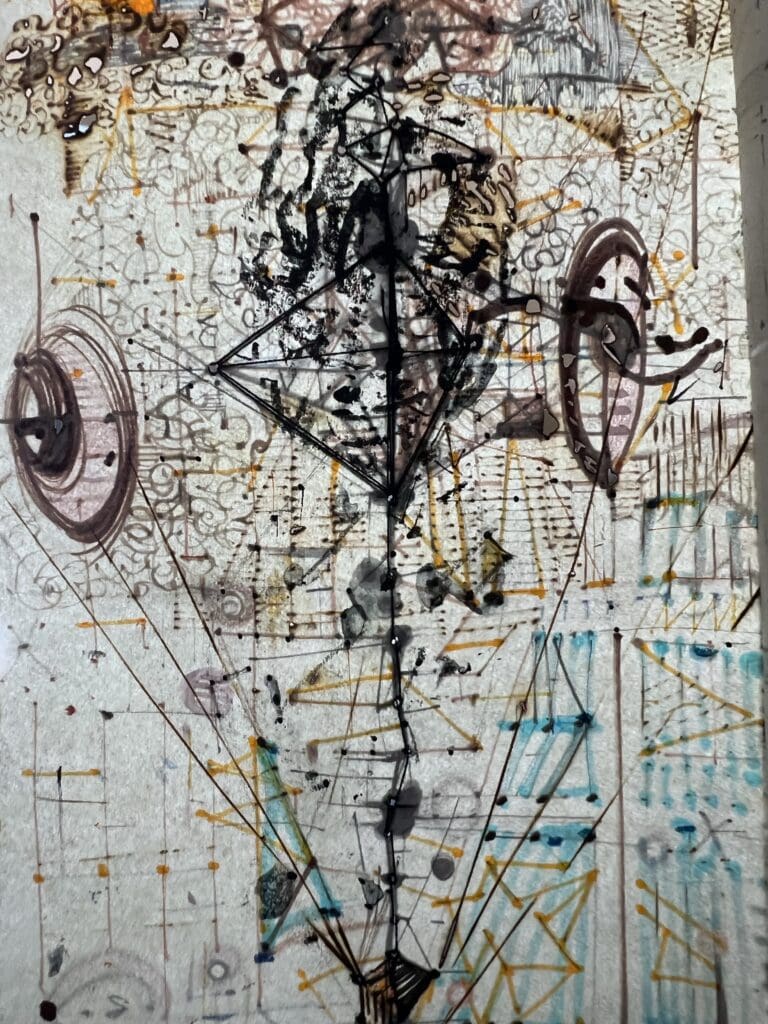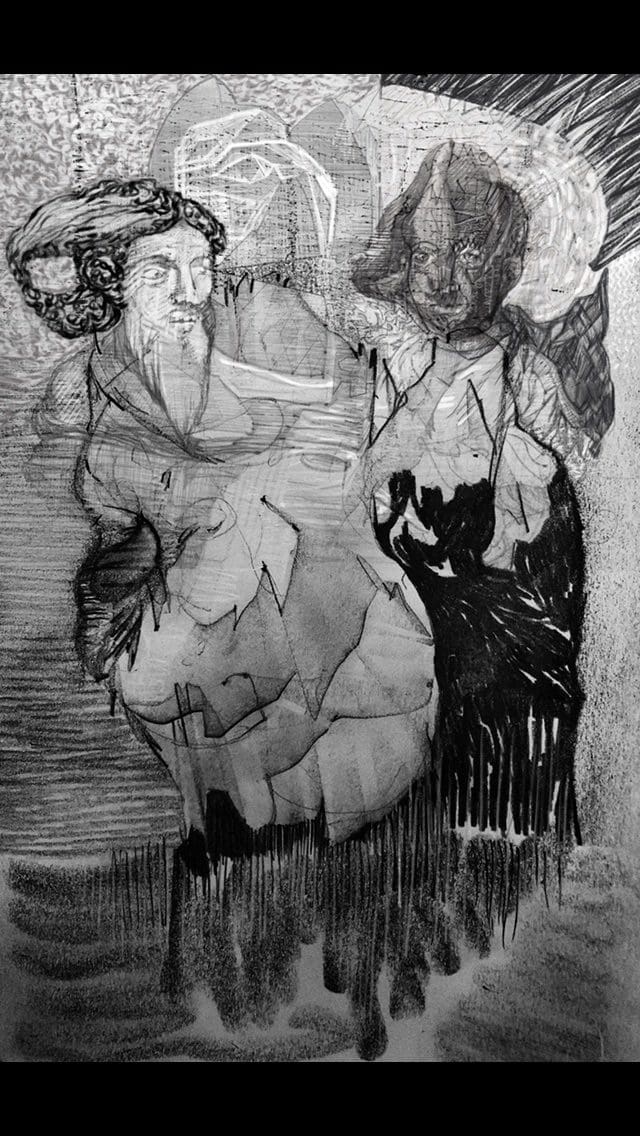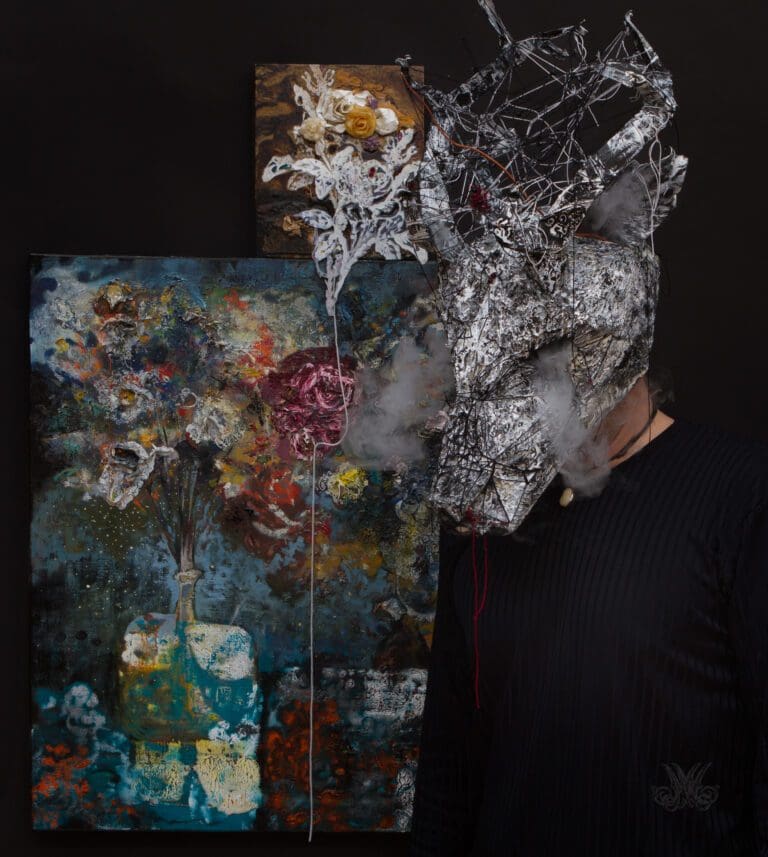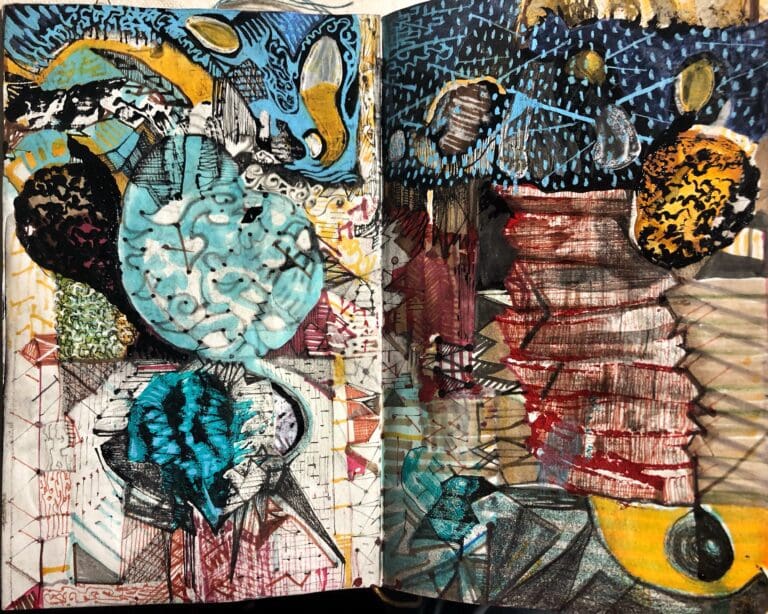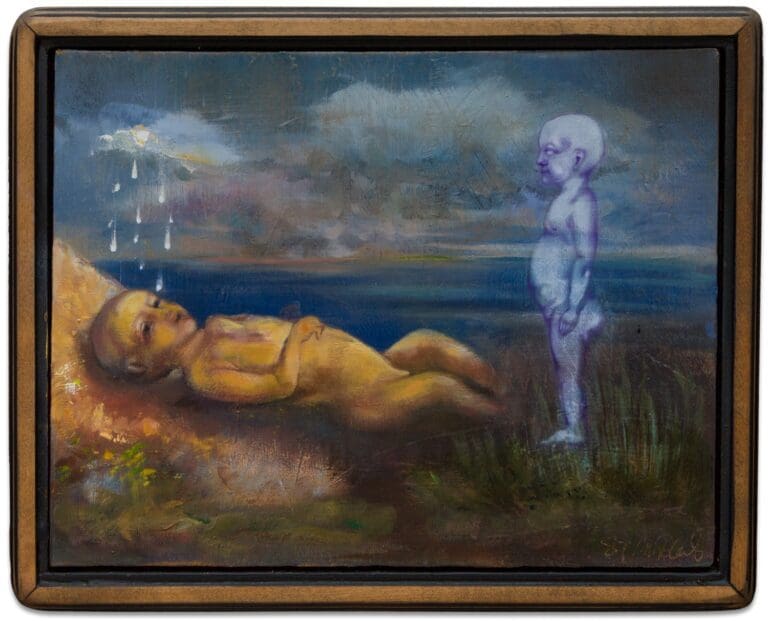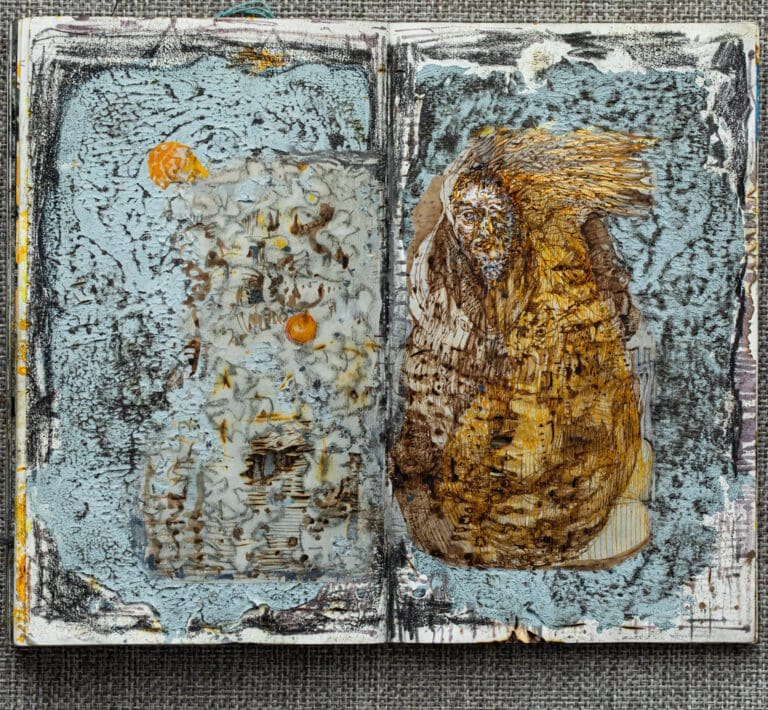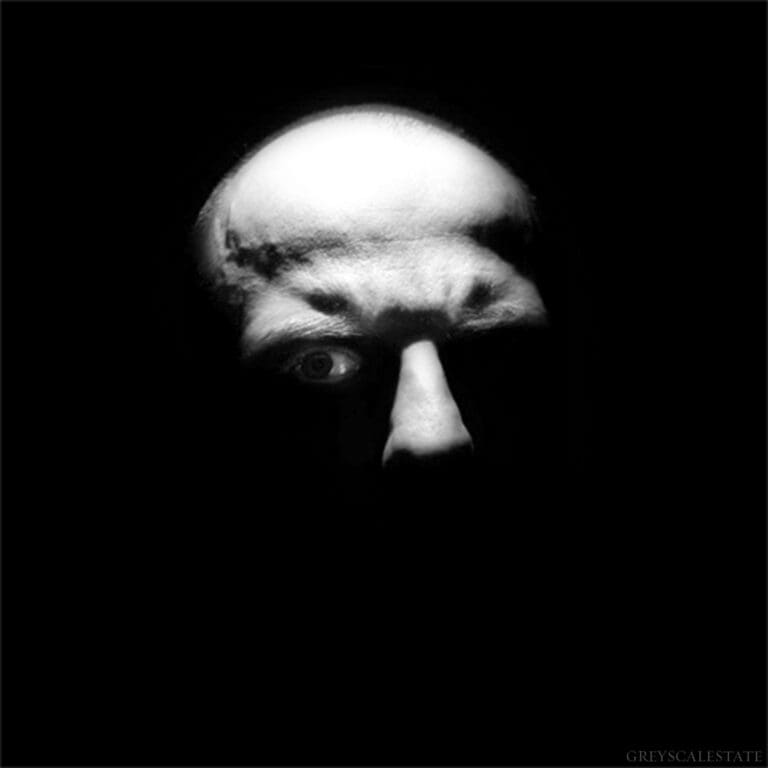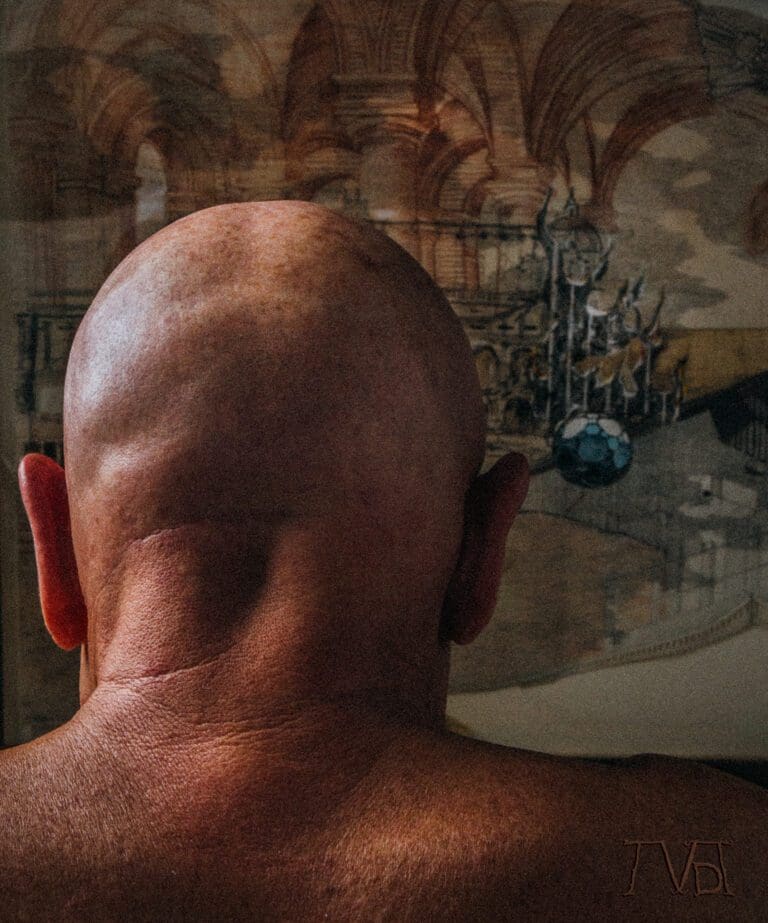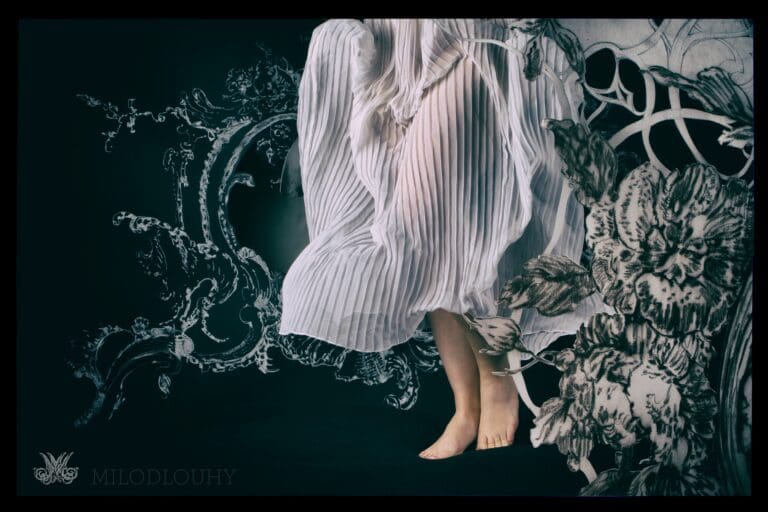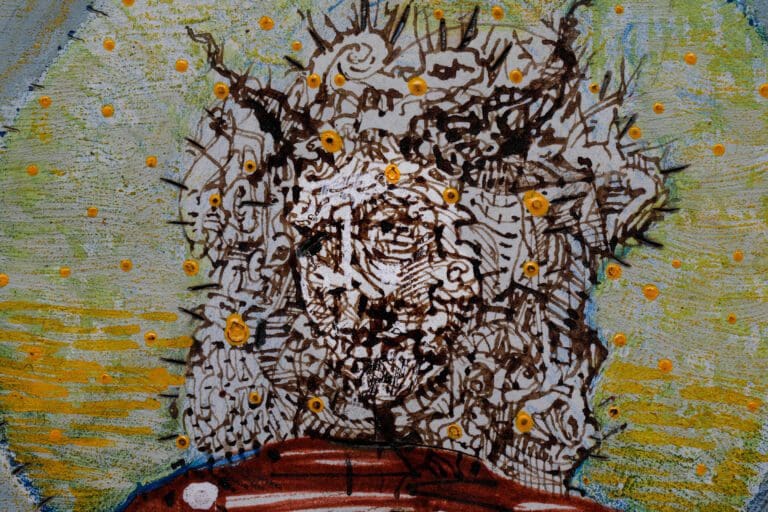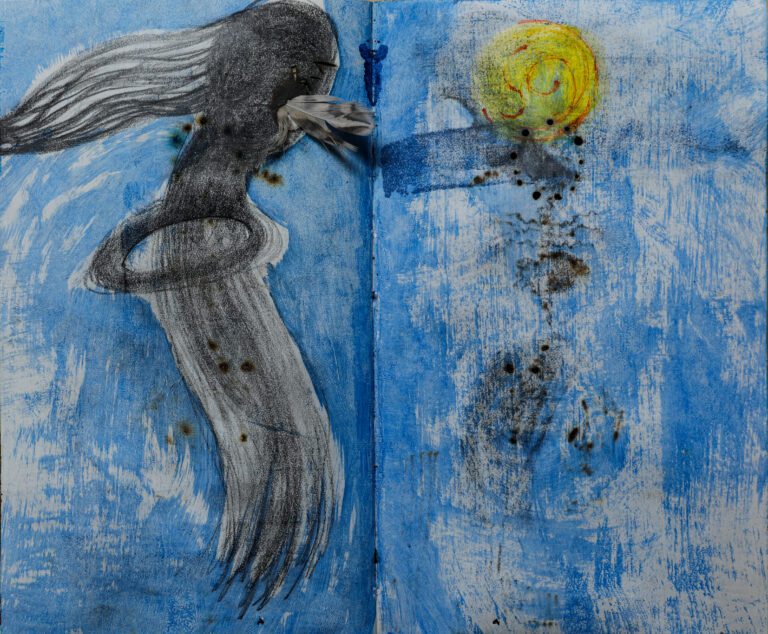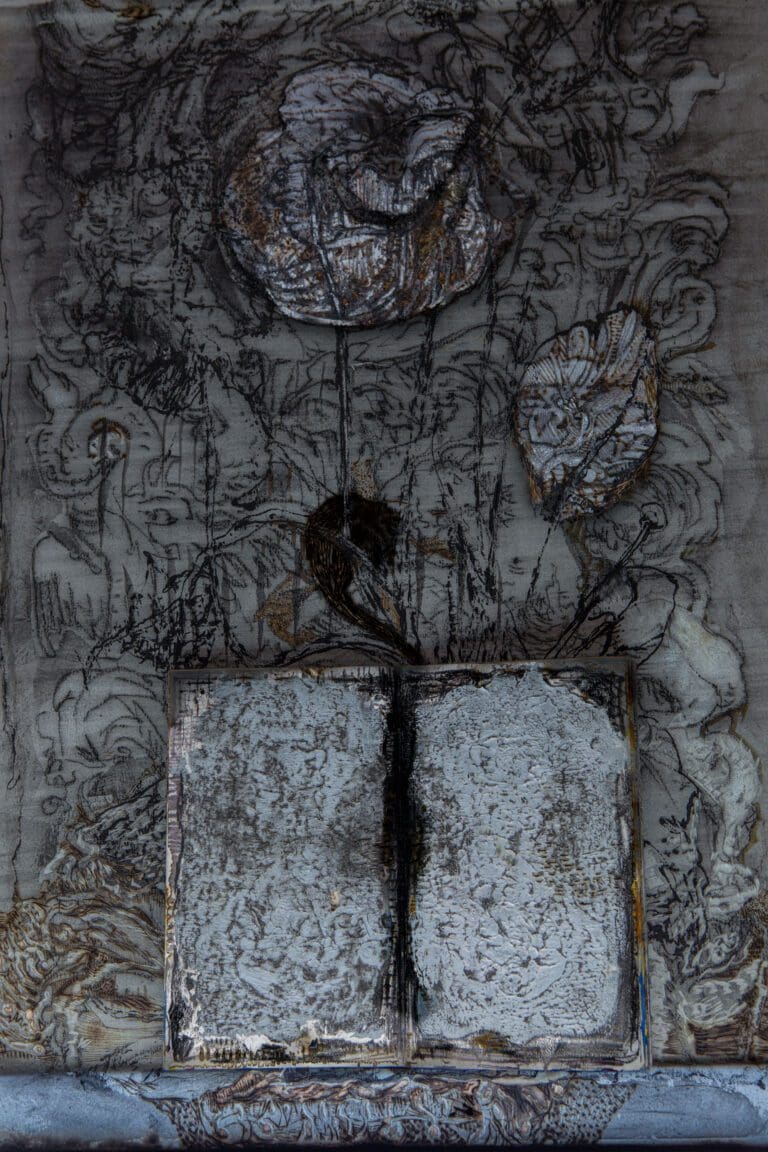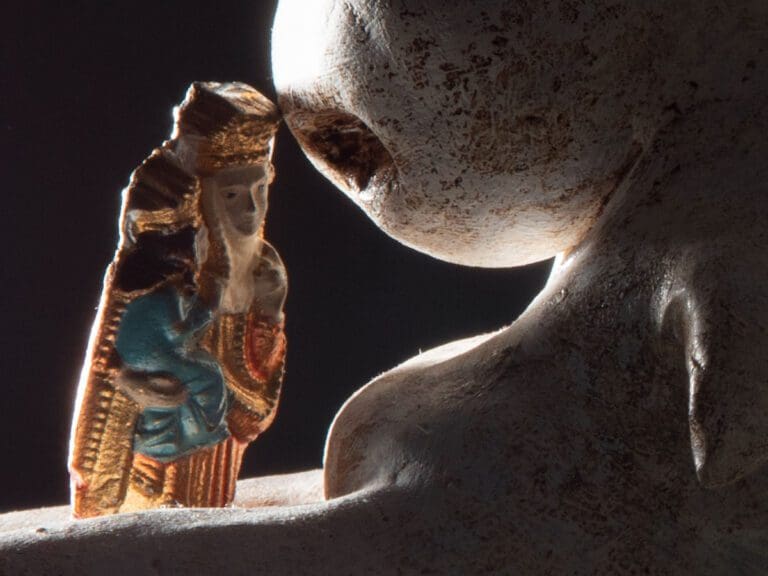Terence McKenna’s concept of the “plasticity of art” through history and Carl Jung’s theory of the “collective unconscious” may initially seem disparate, but when examined closely, they intersect in fascinating ways. Both ideas explore the depth of human creativity and expression, transcending the boundaries of time, space, and individual consciousness.
McKenna’s vision of art’s plasticity suggests a state of “eschatological time,” where art is not confined by the stylistic norms of a particular era but is free to transcend time and space. This freedom creates an “atemporal carnival,” a vibrant and ever-changing landscape of creativity where diverse modes of self-expression compete and coexist. However, he warns against the marketplace’s values, which can stifle originality and confine art within commercially viable boundaries.
On the other hand, Jung’s theory of the collective unconscious posits that there exists a layer of the unconscious mind shared among all individuals, housing archetypes – universal symbols and patterns that recur throughout history and across cultures. These archetypes, Jung believed, influence our thoughts, behaviors, and, significantly, our creative expressions.
 When we blend these two ideas, we arrive at a compelling perspective on creativity. The plasticity of art, as McKenna suggests, could be seen as a manifestation of the collective unconscious that Jung describes. The “atemporal carnival” becomes a stage where archetypes from the collective unconscious are given form and expression through art. This interpretation aligns with Jung’s belief that art is one of the primary ways the collective unconscious communicates with the conscious mind.
When we blend these two ideas, we arrive at a compelling perspective on creativity. The plasticity of art, as McKenna suggests, could be seen as a manifestation of the collective unconscious that Jung describes. The “atemporal carnival” becomes a stage where archetypes from the collective unconscious are given form and expression through art. This interpretation aligns with Jung’s belief that art is one of the primary ways the collective unconscious communicates with the conscious mind.
Moreover, McKenna’s warning about the marketplace’s influence can be seen in a new light when viewed through the lens of Jung’s theory. If the marketplace’s values dominate, they risk suppressing the expression of the collective unconscious, limiting the diversity of archetypes presented, and ultimately, narrowing our understanding of ourselves and our shared human experience.
In conclusion, the intersection of McKenna’s plasticity of art and Jung’s collective unconscious offers a profound exploration of creativity’s nature. Art is not merely a form of individual expression but a conduit for the collective unconscious, a way for universal symbols and patterns to manifest across time and space. It’s also a reminder of the importance of preserving the diversity and freedom of artistic expression, as it is through this diversity that we can fully explore and understand the depth of our collective unconscious.
The Atemporal Carnival
The atemporal carnival is a metaphorical space where diverse modes of self-expression compete and coexist. It is a place where the linear progression of time, as we understand it, ceases to exist, and art is not bound by the stylistic norms of a particular era. Instead, artists are “free” to explore and express themselves in a multitude of ways, unrestricted by the linear progression of time.
 This freedom of expression doesn’t exist, but if it did it would create a dynamic and chaotic environment, much like a carnival.
This freedom of expression doesn’t exist, but if it did it would create a dynamic and chaotic environment, much like a carnival.
In this atemporal carnival, different modes of self-expression are not just allowed but celebrated. Each artistic expression, each creative endeavor, is a unique ride in this carnival, offering a different perspective and interpretation of reality.
The atemporal carnival is not without its challenges. McKenna warns of the dangers of allowing the values of the marketplace to play too significant a role in this carnival. The marketplace, driven by profit and consumer demand, can often stifle creativity and originality. When art becomes a commodity, the focus shifts from self-expression to mass appeal. This shift can limit the plasticity of art, confining it within the boundaries of what is commercially viable.
This warning resonates with the ideas of Theodor Adorno and Max Horkheimer, key figures in the Frankfurt School of critical theory, who argued that the culture industry often commodifies art, reducing it to a product to be consumed rather than a form of self-expression. In the context of the atemporal carnival, this commodification risks turning the vibrant and diverse landscape of creativity into a homogenized amusement park, where the rides are all too similar and the true spirit of the carnival is lost.
In conclusion, the concept of the atemporal carnival offers a profound exploration of the nature of creativity and artistic expression. It challenges us to view art not as a static entity confined by time and style, but as a dynamic, ever-evolving form of expression that transcends the boundaries of time and space. It also serves as a reminder of the importance of preserving the diversity and freedom of artistic expression, as it is through this diversity that the true spirit of the atemporal carnival can be maintained. This exploration is not just a philosophical or artistic exercise, but a crucial endeavour in our quest to understand the human condition and our place in the world.
Explanation for a ten year old.
Imagine a carnival, but it’s not just any carnival. It’s a special one where all the artists in the world come to show their work. This carnival is magical because it’s not stuck in today, yesterday, or tomorrow – it’s beyond time. That’s why we call it an “atemporal” carnival.
In this carnival, artists don’t have to follow any rules about what art should look like today or what it looked like in the past. They can create whatever they want, in their own style. You would imagine a place full of different and exciting art. Right?
Strangely, almost magically, this does not happen. Instead, artists begin to see patterns in their work, and it all starts to blend. The boundaries are unclear yet the images they create are all very similar. It almost seems like the images are coming to them from another world and they are simply an antenna.
There’s also a danger! Imagine if the artists in this carnival only care about making money. They might start making art that sells the most tickets and that could make the carnival less fun and less diverse.
So, I think it’s important to keep quiet and never show anyone your pictures, remembering that art is about expressing yourself to yourself, and certainly not about selling tickets.

ABOUT the AUTHOR
He is plactic.
Art transcends time’s flow,
Unconscious symbols emerge,
Market shadows loom.

